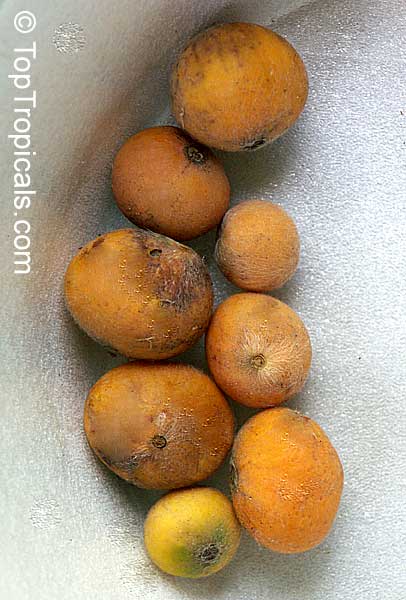Myrciaria - Plant Encyclopedia Results
Top Tropicals Plant Encyclopedia
| Number of plants found: 5 |
Botanical names: Myrciaria cauliflora, Plinia cauliflora, Eugenia cauliflora
Common names: Jaboticaba, Duhat
Family: Myrtaceae
Origin: Brazil







One of the most popular native fruit of Brazil. This is a slow-growing rather bushy tree up to 15 ft tall, often multi-stemmed with opposite small leaves. The larger trunks and branches have bark which peels off in small patches which is found to be very attractive. The tree is evergreen, but once or twice during the year it will shed large numbers of leaves generally corresponding to heavy rains. Small white flowers are produced along the larger trunks and branches ("cauliflora" means "flowers growing on trunk"). Fruit development is very rapid, usually taking only 20-25 days from flower to full maturity.
The fruit forms on the trunks on short stems, with 2-3 fruits sometimes in a cluster. When trees are in heavy fruit, you cannot see the branches for all the large numbers of dark purplish-black fruits that look like large grapes. They have a white pulp with several small seeds. Skin is thick, and delicious melting pulp somewhat resembles Northern Black Currant in flavor. Jaboticaba fruits are ready to harvest when they have developed a full color and are somewhat soft like a ripe grape. The fruits can be eaten fresh, used in jellies, jams, ice creams, wines or can be frozen whole to enjoy throughout the year. Usually, Jaboticaba will bear fruit only in 6 to 10 years from seed. Once mature, the trees may produce between six to eight crops of fruit per year.
Jaboticaba is fairly wind tolerant but not salt tolerant, but it is relatively cold hardy, taking down to 23 F for short periods without serious damage. Young plants may be injured at around upper 20's F. As the root system is shallow and dries out quickly, the tree requires regular irrigation. It thrives better when planted in heavily mulched organic soils. In their native area, Jaboticabas are frequently flooded by rising rivers for weeks at a time without serious damage, so they are considered water-tolerant. The plant will do best in acid soil with a pH of 5.5 to 6.5, somewhat like gardenias. In highly alkaline soil the plant often develops micronutrient deficiency.
Because of its slow growth, Jaboticaba is perfect for growing in containers. Mature trees in 3-5 gal pots can be many years old. Due to small leaves and dwarfish growth habit, Jaboticaba is often used as bonsai. The tree is small enough to fit into many parts of the garden landscape. Some old bonsai specimens can fruit.
Recommended Fertilizer: SUNSHINE C-Cibus - Crop Nutrition Booster
SUNSHINE-Honey - sugar booster
Recommended Fertilizer: SUNSHINE C-Cibus - Crop Nutrition Booster
SUNSHINE-Honey - sugar booster
Recommended Fertilizer: SUNSHINE C-Cibus - Crop Nutrition Booster
SUNSHINE-Honey - sugar booster
7 gal pot. More developed root system, thicker trunk and branches. Plant height depends on growing season and variety. Dwarf varieties are slow growers and may be shorter. Contact us for exact size description if size/height matters to you. 7 gal plants may be shipped separately from other items by Ground service due to large size. See here time in transit (business days, excluding Sat-Sun!)
Recommended Fertilizer: SUNSHINE C-Cibus - Crop Nutrition Booster
SUNSHINE-Honey - sugar booster
Botanical names: Myrciaria floribunda, Eugenia floribunda
Common names: Guavaberry, Rumberry
Family: Myrtaceae
Origin: Tropical America







Myrciaria floribunda or Guavaberry is a small tree that grows to about 10-20 ft. tall in its natural environment, with a rounded crown, and ornamental foliage. It prefers semi-shade with regular water, but can tolerate moderate water. In cold climates it can be grown in a container and moved indoors for winter protection.
The flowers of the guavaberry are white to off-white and delicately fragrant, while the fruit is yellow orange to dark red, about half the size of a cherry, and has excellent tangy acidic flavor.
When growing guavaberry trees in containers, it is important to choose a pot that is slightly bigger than the root system and provides proper drainage. The soil should be well-draining and nutrient-rich. Plant the guavaberry in the soil and keep it moist and watered regularly. Fertilize your guavaberry every 1-2 months with a balanced, slow-release fertilizer. To prune and maintain the size, remove broken or dead branches, thin the crown, and if necessary, shape the branches. In cold climates with winter freezing temperatures, it is best to take your potted guavaberry indoors for winter and back outdoors when the temperatures rise again. With proper care, your guavaberry will thrive year-round.
Botanical names: Myrciaria glomerata, Plinia glomerata, Myrciaria glazioviana, Eugenia cabelluda, Eugenia tomentosa, Paramyrciaria glomerata
Common names: Cabelluda, Yellow Jaboticaba, Cabeludinha
Family: Myrtaceae
Origin: Brazil








Note: the following latin synonyms for Cabelluda - Eugenia cabelluda, Eugenia tomentosa, Myrciaria glomerata, Paramyrciaria glomerata - may be taxonomically incorrect, although in some sources excepted. Refer to pictures for better identification of this plant.
Cabelluda is a large shrub or small tree, 10-20 feet in height, with multiple thin trunks, very handsome and of value as an ornamental plant. The young stems and leaves are pubescent. Small white flowers are perfect and occur in axillary clusters. Fruits are about 1 inch in diameter, round, yellow when fully ripe, pubescent, with one or two seeds. Cabelluda fruits are delicious. They resemble large gooseberries in appearance and are sweet and aromatic, with a flavor similar to apricot. These are eaten fresh, and can also be used for juices and jams. The fruits are very nutritive and rich in vitamins. Fruiting occurs in 2-3 years, when the plant is hardly 3-4 feet tall.
Cabelluda grows best in moist, fertile soils, and fruits well in full sun as well as partial shade. As a tropical tree, it is fairly cold tolerant and can withstand temperatures as low as upper 20's for a short period. Soft young leaves and twigs may get some cold damage, however even if severely damaged, in Spring the plant readily grows back from the roots.
Cabelluda is rare in plant collections, however it is popular in cultivation around Rio de Janeiro, Brazil where its fruit ripen in October-November.
Botanical name: Myrciaria vexator
Common names: False Jaboticaba, Vexator, Blue Grape
Family: Myrtaceae
Origin: South America






Also known as Vexator or Blue Grape, this charming relative of the Jaboticaba is as delightful to look at as it is to taste. It's a slow-growing, ornamental shrub or small tree that can reach up to 6 feet tall, with glossy leaves that add elegance to any garden. The plant produces dark purple, almost bluish fruits with thin, sweet flesh surrounding one or two large seeds, offering a flavor reminiscent of sweet grapes. Fruiting in late spring or early fall, these delicious fruits are typically enjoyed fresh or used in refreshing drinks.
Though lesser-known in cultivation, Blue Jaboticaba can rival or even surpass the traditional Jaboticaba in fruit quality, with a single bush capable of producing several thousand fruits. It's also tough enough to handle light frost once established, and its care needs are similar to those of Myrciaria cauliflora. Whether you grow it for its beauty or for its unique harvest, this plant is sure to charm with every season!
Recommended Fertilizer: SUNSHINE C-Cibus - Crop Nutrition Booster
SUNSHINE-Honey - sugar booster
Botanical names: Plinia edulis, Marlierea edulis, Rubachia glomerata
Common names: Cambuca, Cambuca-Verdadeiro, Cambucaseiros
Family: Myrtaceae
Origin: Brazil








Cambuca is very little known fruit despite if its superior qualities. This fruit has well-balanced sweet-acid flavor, the soft texture, the medium fruit size, the high pulp content and the large fruit yield. However, it is an almost unknown fruit in the United States. Even in Brazil, there are very little people who know it. It was a very usual fruit at the Rio de Janeiro markets 60 years ago but today it disappeared due to devastation of its natural environment. Its name came from the Tupi Indian word kabuka, which means "The bud plant" (maybe due the cauliflower aspect).
Cambuca is a very slow growing, evergreen tree, reaching 15-20 ft high. The short trunk (30% of the total height), has a wide and dense crown of slender, spreading branches. As many other plants from its family, it has a smooth, thin, pale brownish-gray outer bark easily pealed off in large flakes to show the coppery layer below. Glossy, curled margin leaves, 2-4" long, 1-2" wide, dark green above and slightly downy, light green below. The white flowers, with a cluster of numerous stamens, are born agglomerated in groups (2-8 flowers) over the branches axils or distributed around the stem. The very smooth, short stalked, globular berry is larger than most Myrciaria and Eugenia. They are green at the beginning, turning yellow to bright orange-yellow when ripen, presenting many slightly raised longitudinal ridges. Some sources mention about the existence of fruits up to 4" large, but usually they are 1-2". Under the leathery, thin skin, there is a soft, grainless, juicy, orange-yellow, thick flesh, similar to Peaches in texture. It involves an incredibly delicious, translucent, melting, yellow pulp that encloses one two light purple seeds, easily separable from the pulp. Both, flesh and pulp, have a delicious, well balanced subacid to sweet flavor, resembling jaboticabas, grumichamas and pitombas, but without any trace of astringency or resinous aftertaste. Fully ripe cambucas are prized to eat out of hand. Cut around the middle of the fruit to reach its delicious, natural jelly like, internal pulp with a spoon. The external flesh may be used to make jams, marmalades and pies. Both are used to make juices and ice creams rich in flavor and color.
In its natural habitat, Cambuca grows in a very hot and rainy region. However, this plant can be very well adapted to many different climates. Well-established trees can tolerate as much as 2 months of drought without irrigation.
There is very little information about the existence of specimens growing outside Brazil. Even in subtropical areas, Cambuca showed to be cold hardy during the winter.
Cambuca prefers a deep, rich, well drained soil and full sun. It is a very slow growing plant. Trees 10 year old, are just 6-8 ft high. Young trees must be pruned to maintain the trunk cleaned up to about 2 ft.
The tree is very ornamental due to its dense canopy and the decorative effect when setting their fruits. Leaves and seed's decoction are used in homeopathic formulations against bronchitis and coughs. The astringent bark can be used in leather industry.
Use link to repeat this search:
https://toptropicals.com/cgi-bin/garden_catalog/cat.cgi?find=Myrciaria&search_op=and&keyword_op=and&language=e&number=10
&no_change_lang=1&user=tt&sale=1&first=0

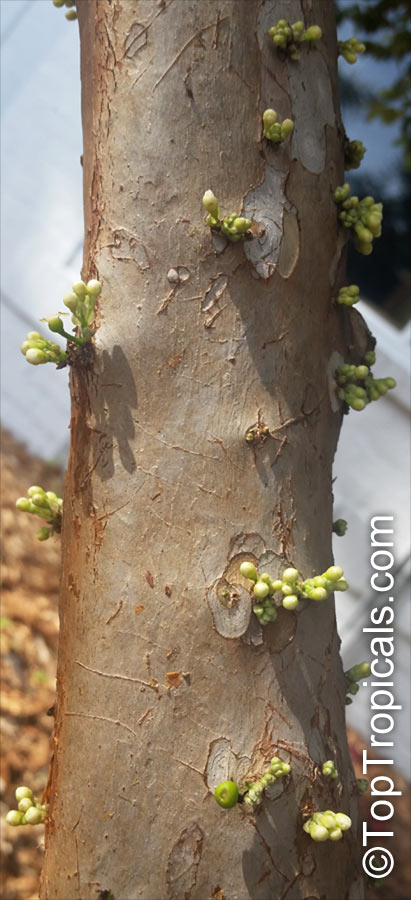
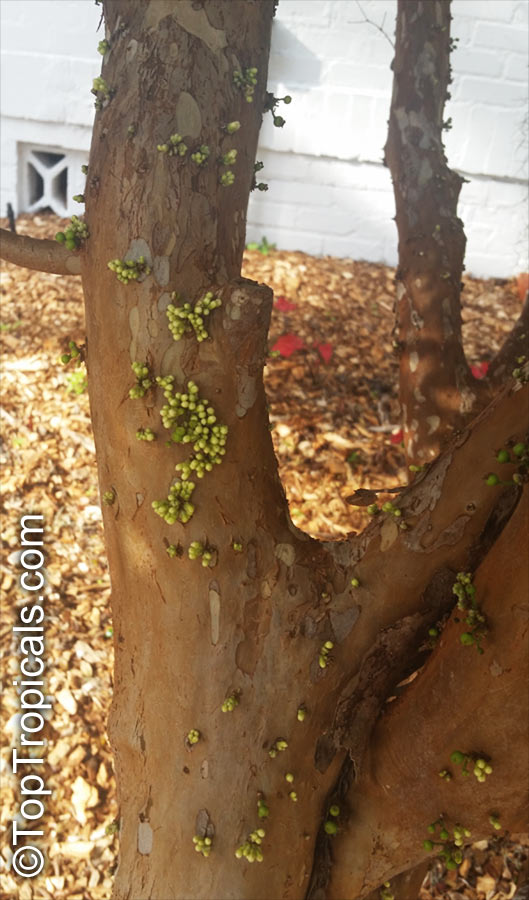
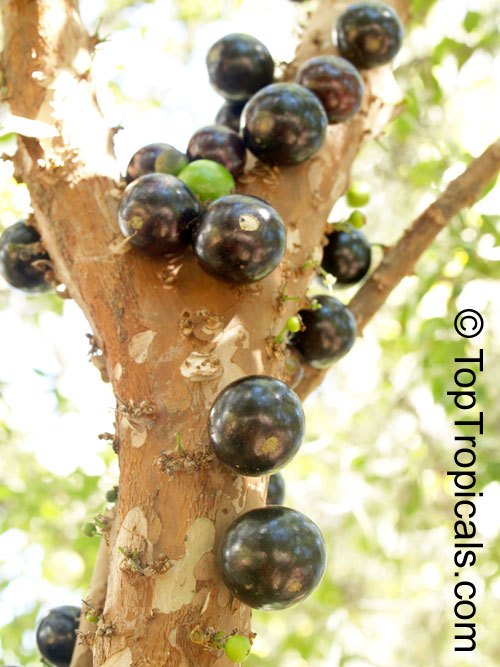

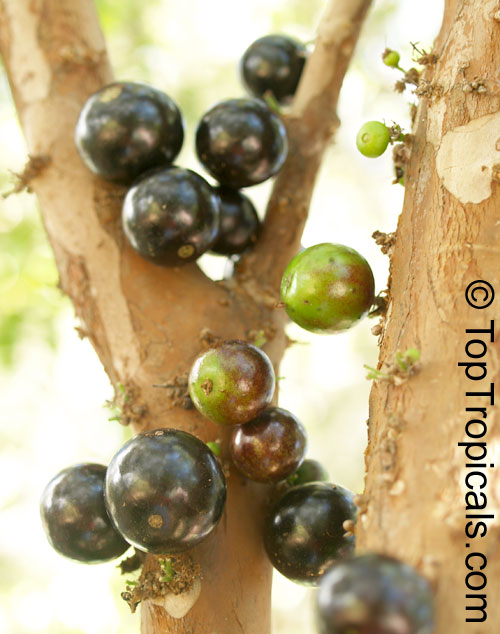
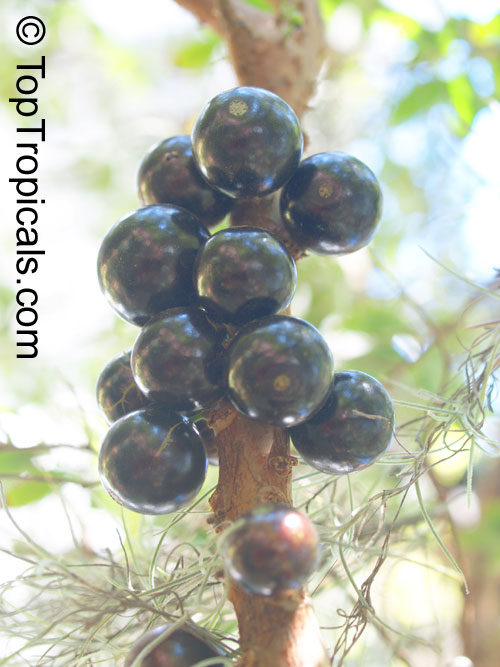
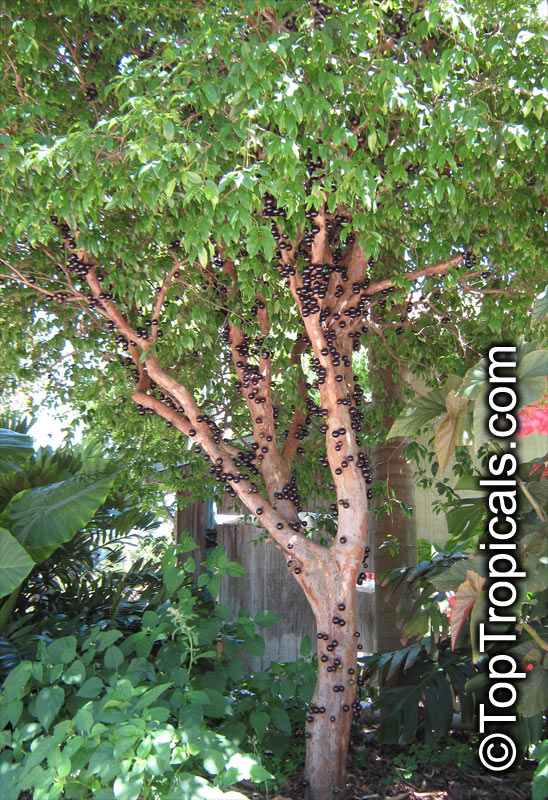
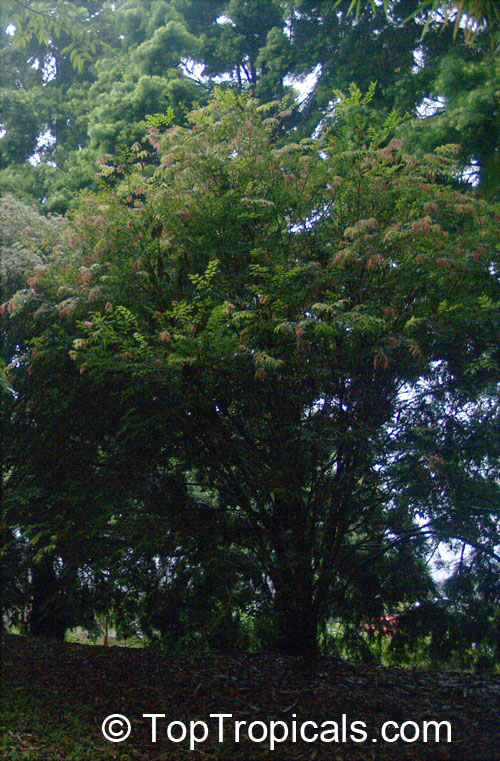
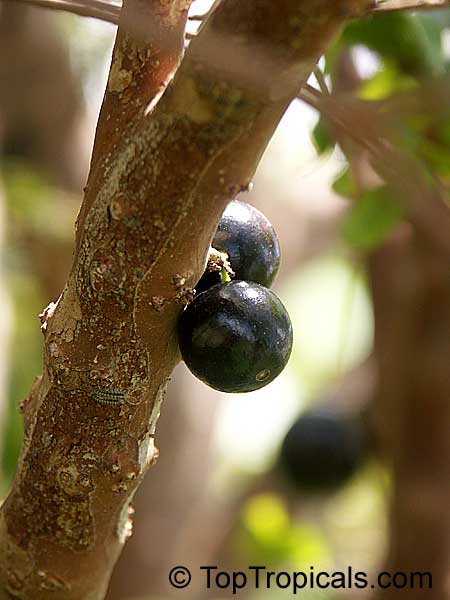
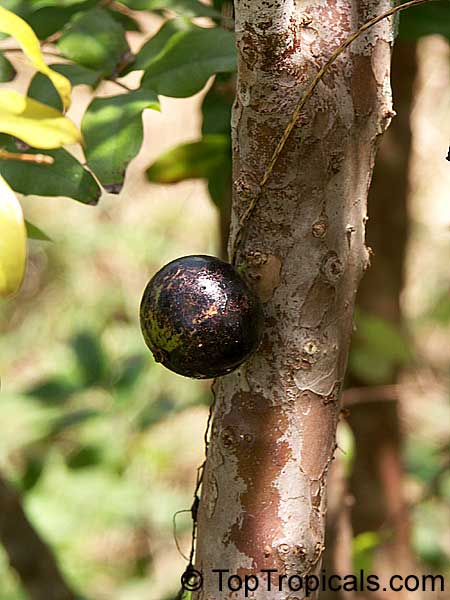
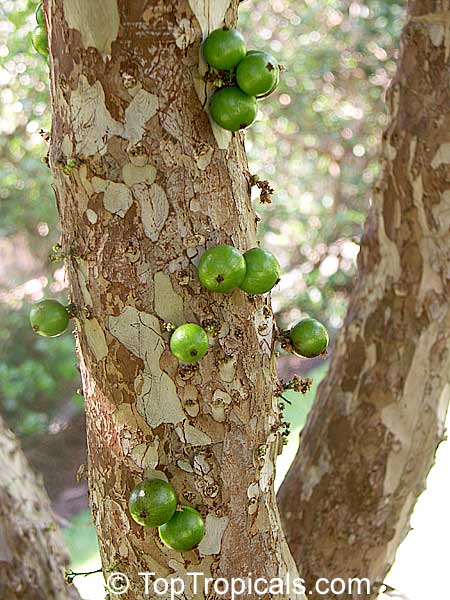
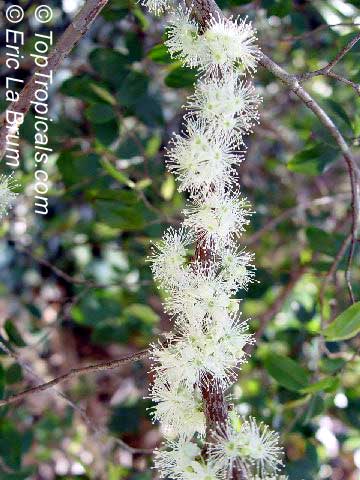
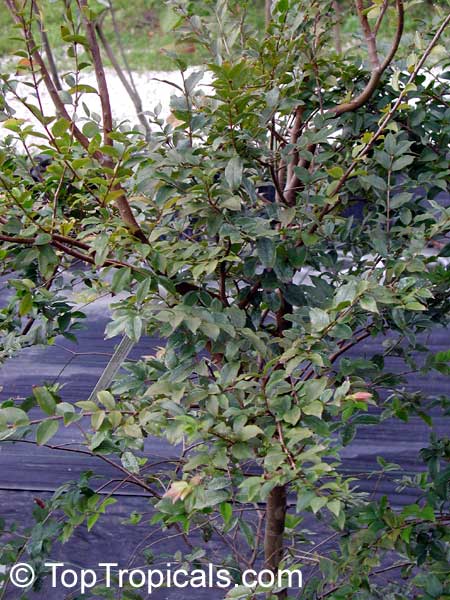
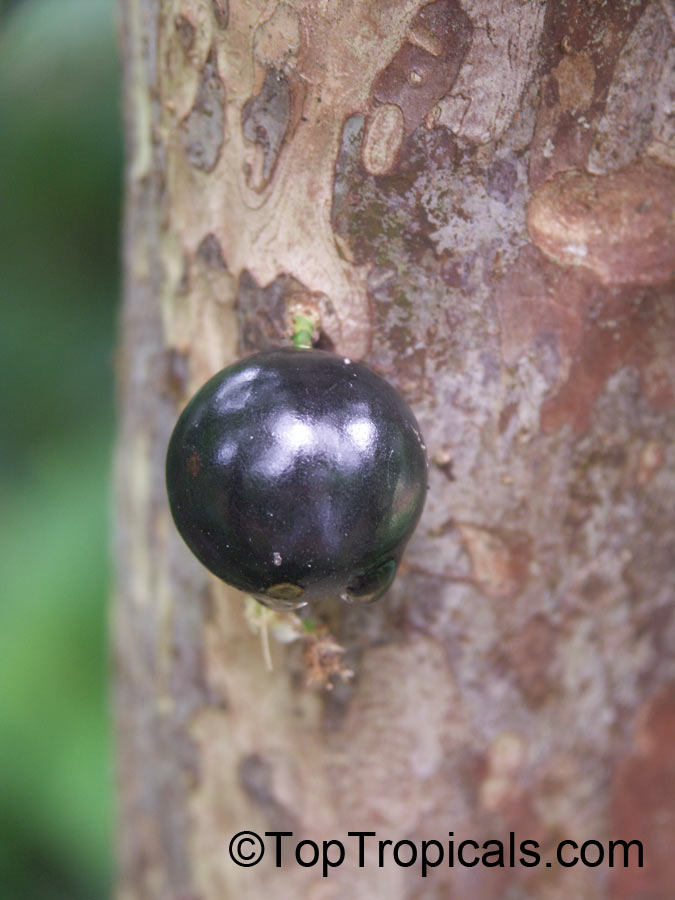
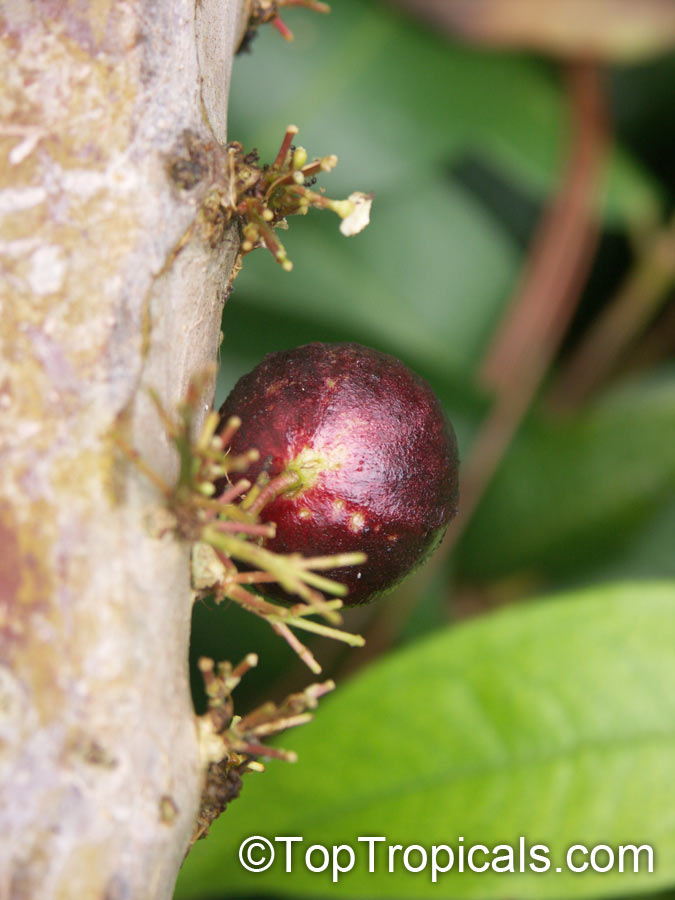

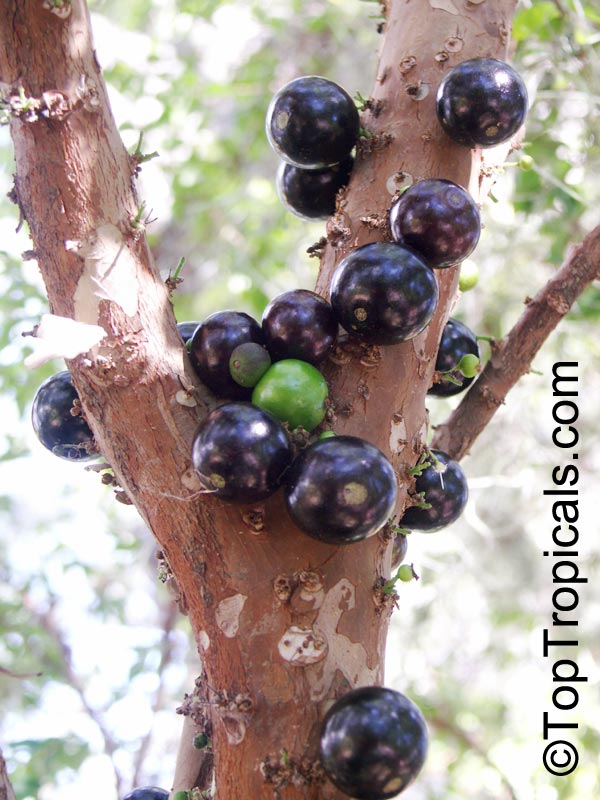
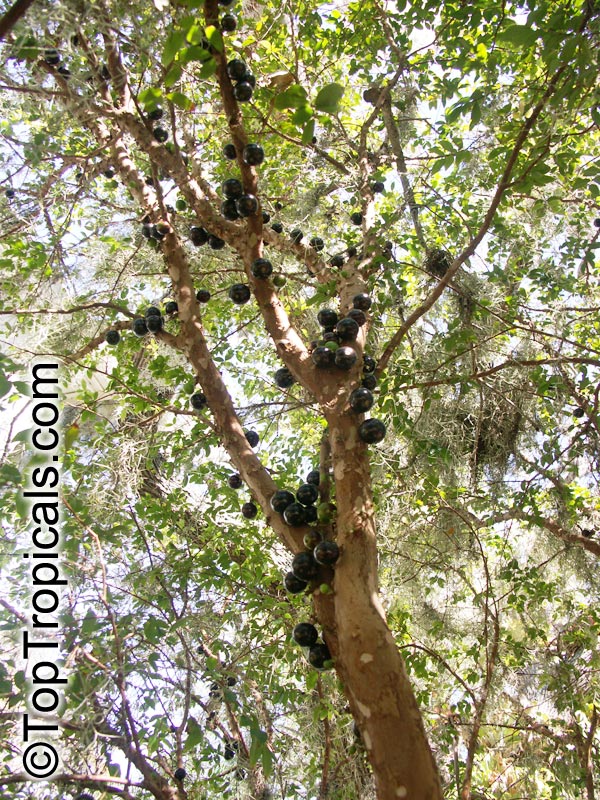
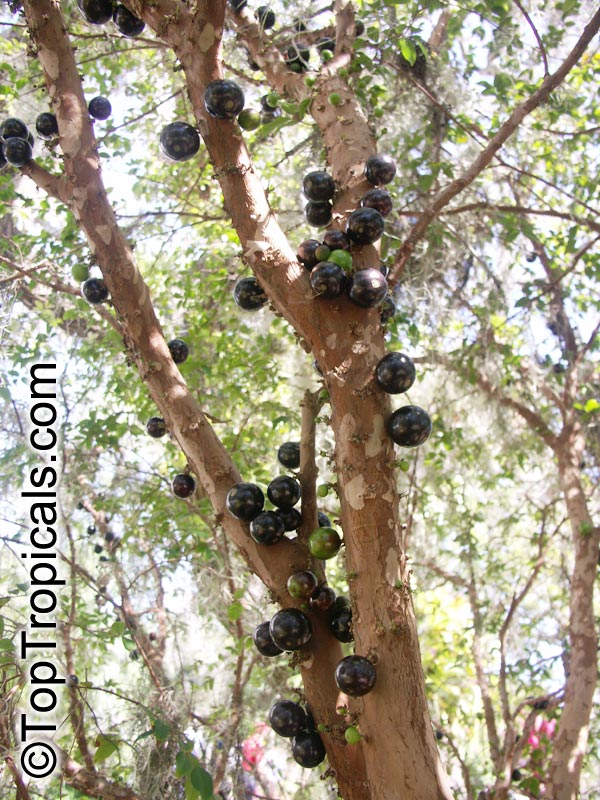
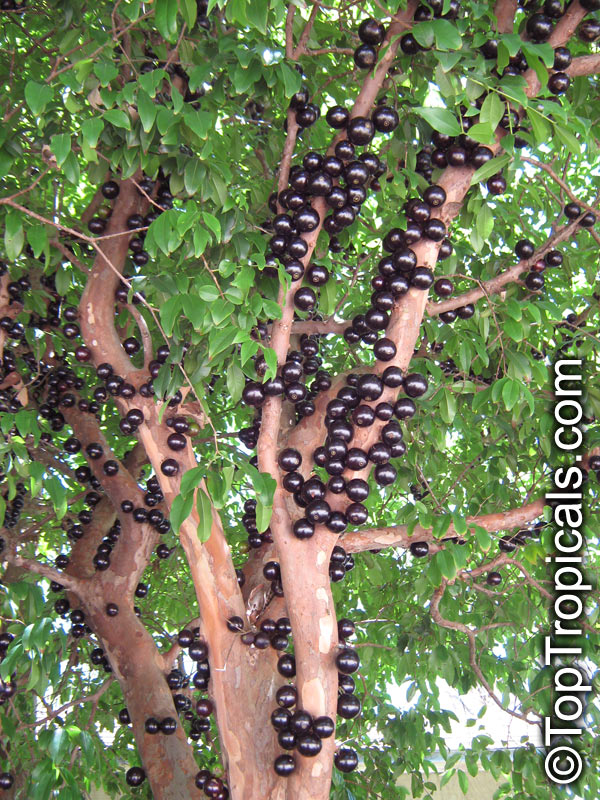
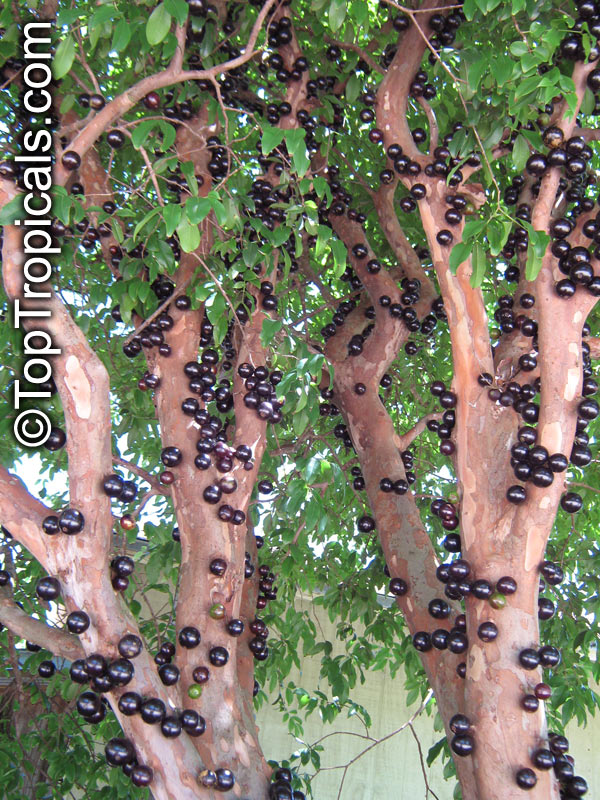
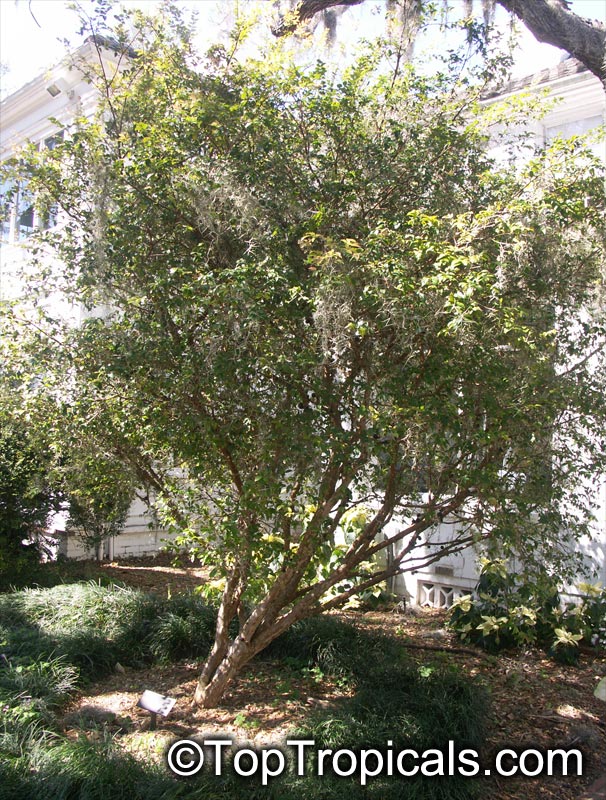
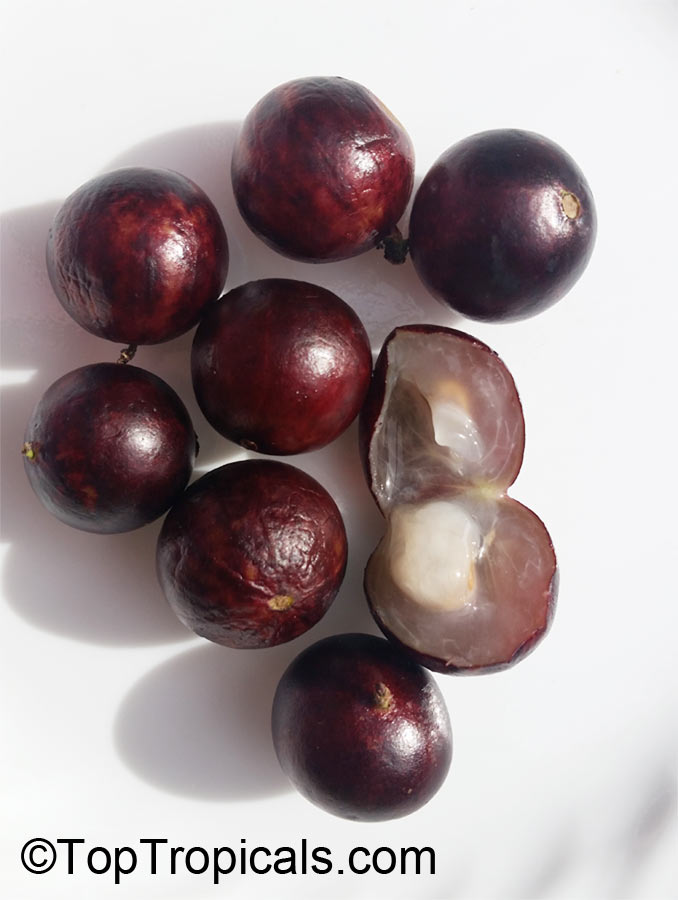
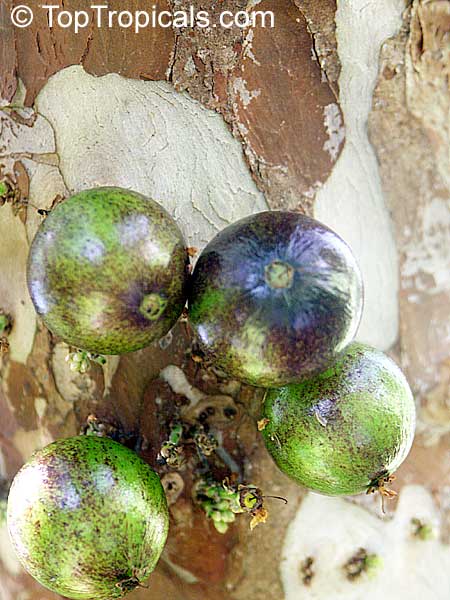

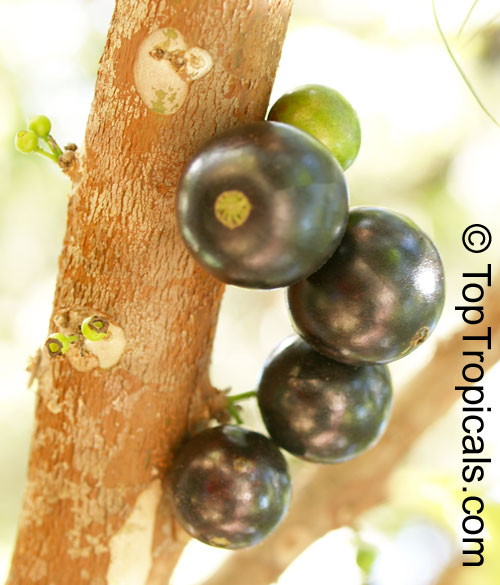
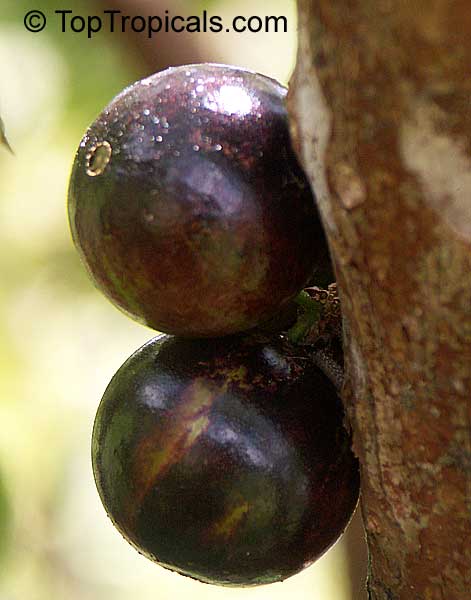
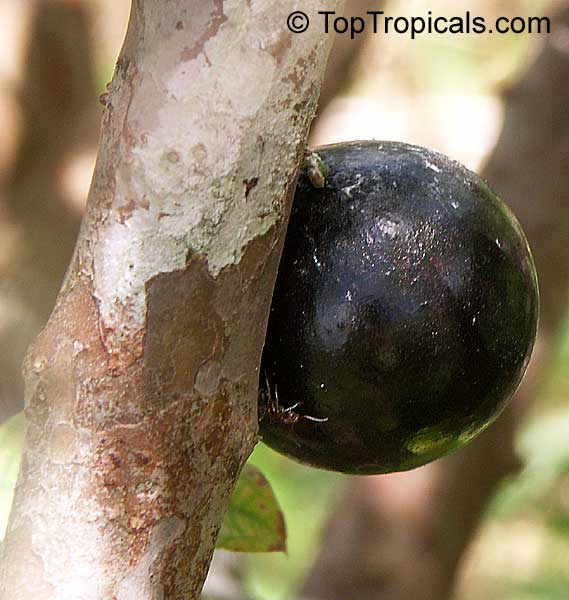
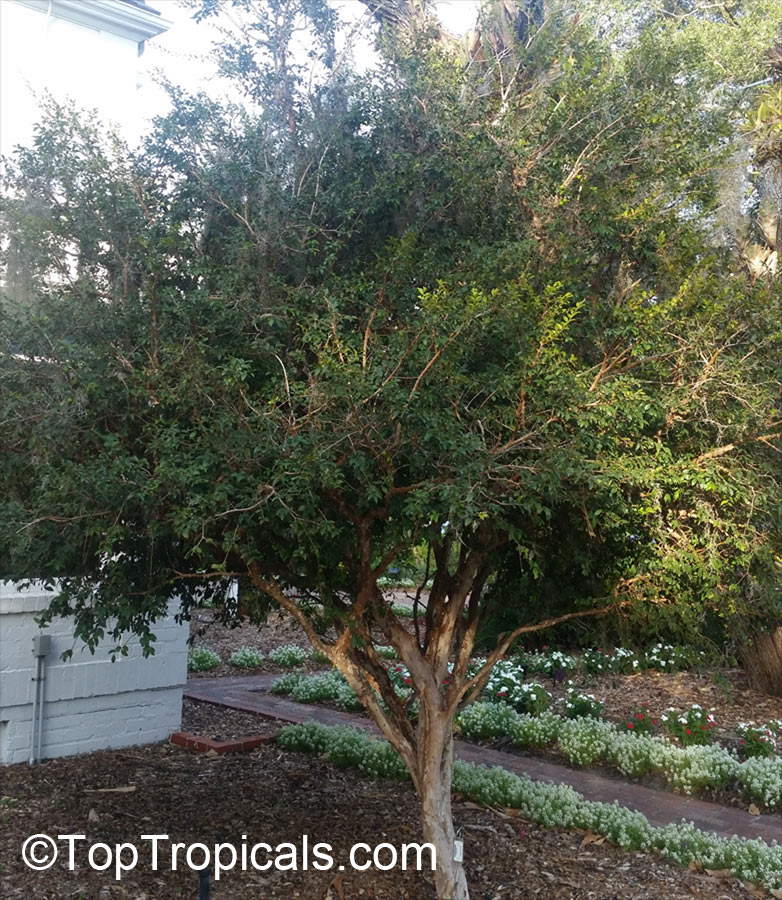
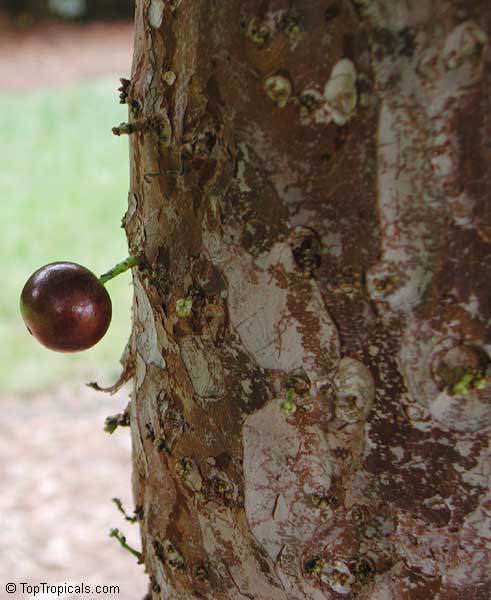
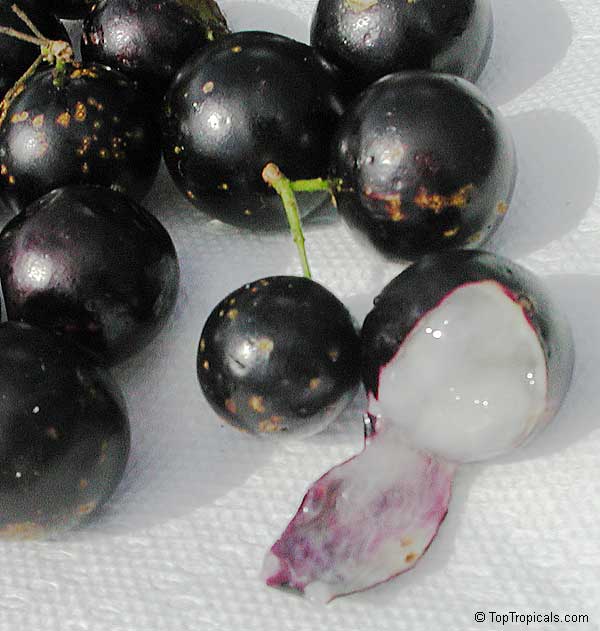
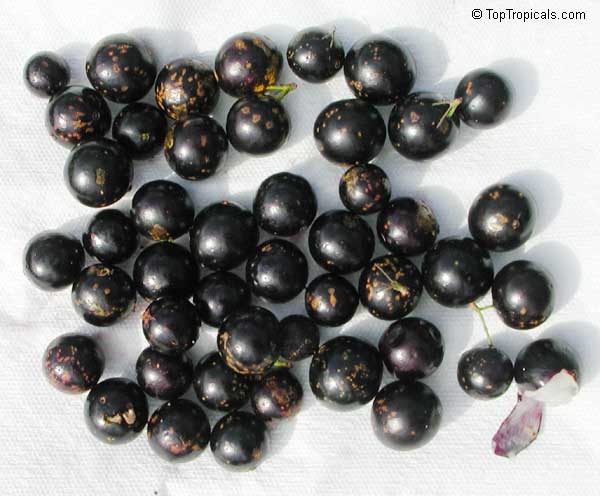
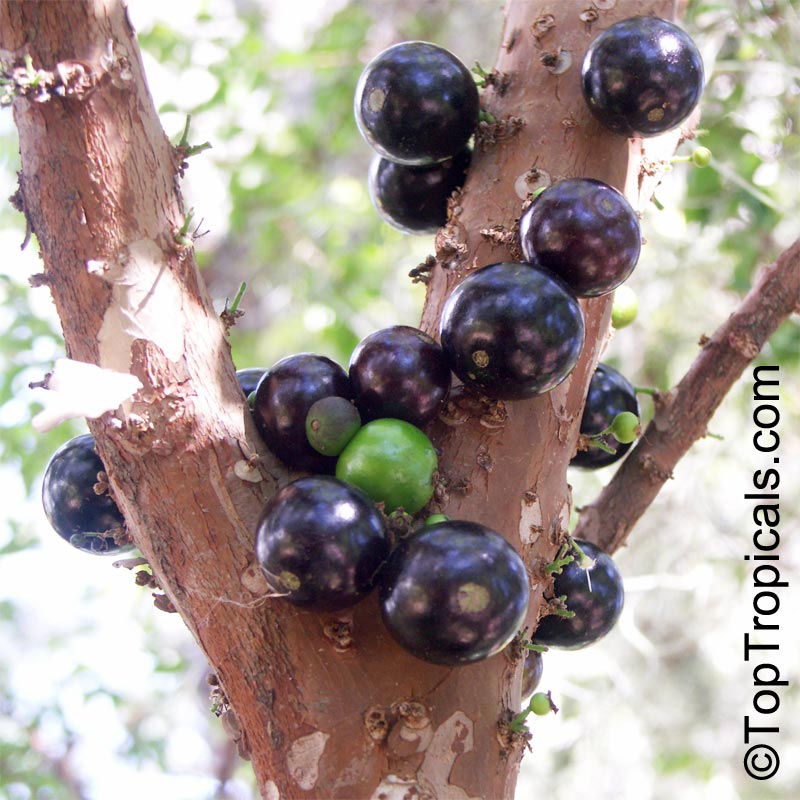
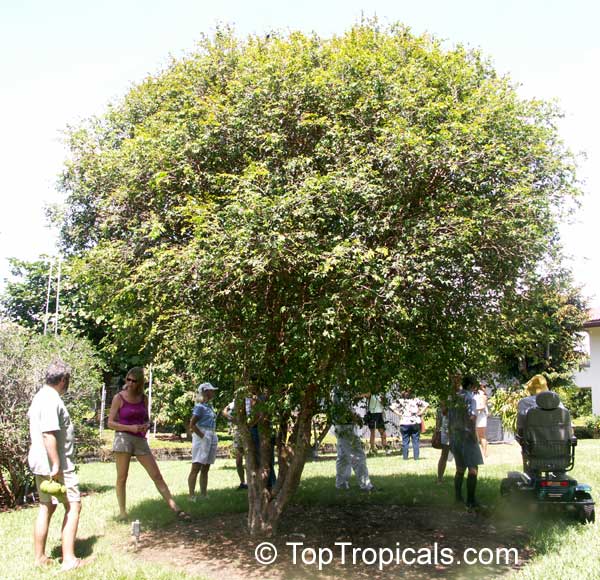

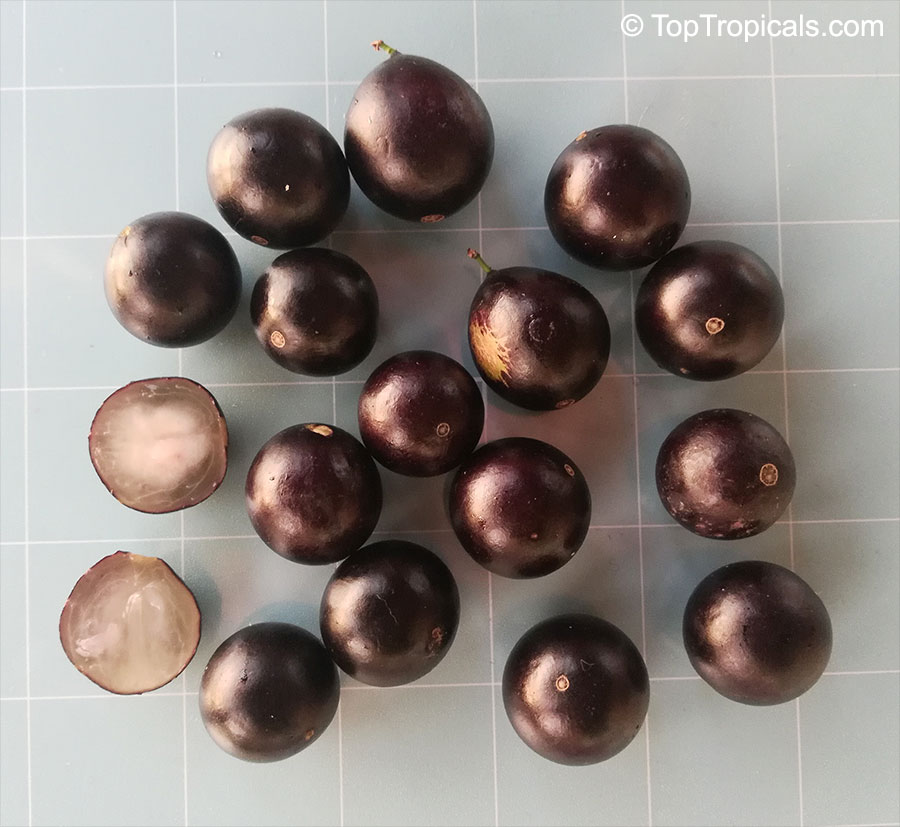
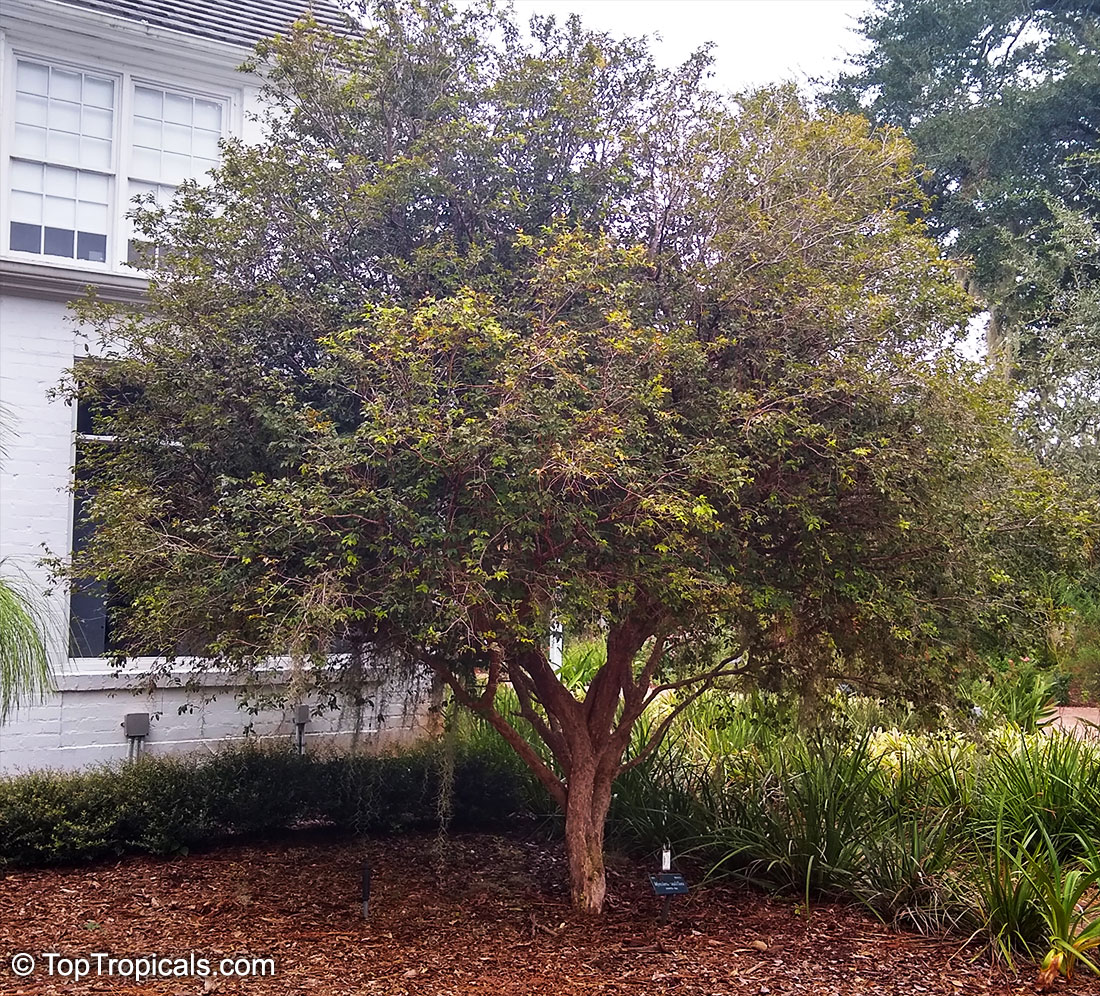
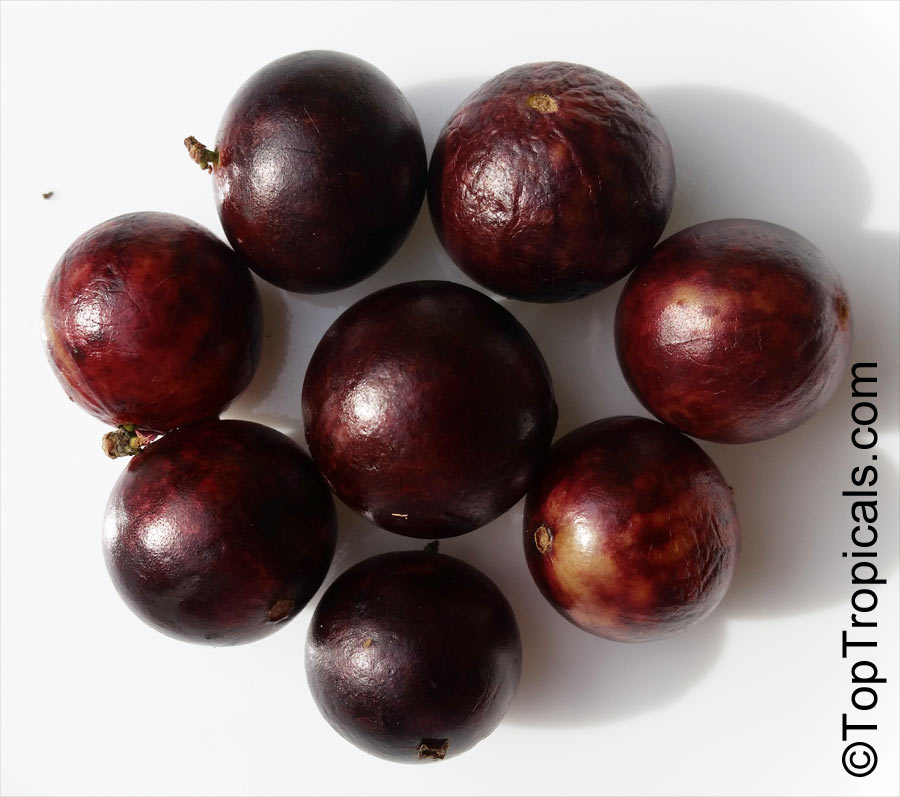
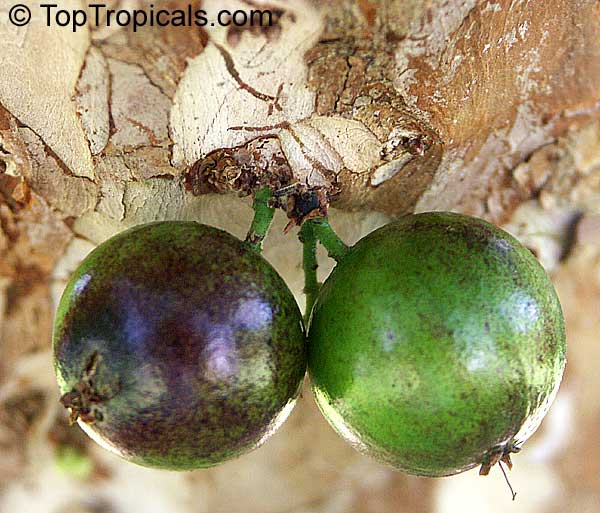
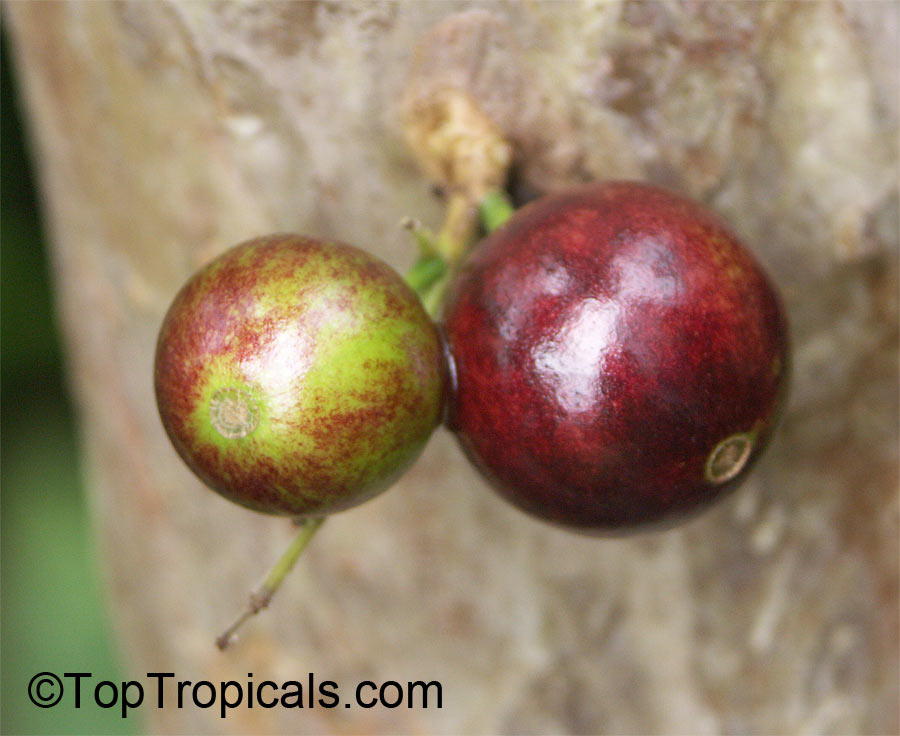

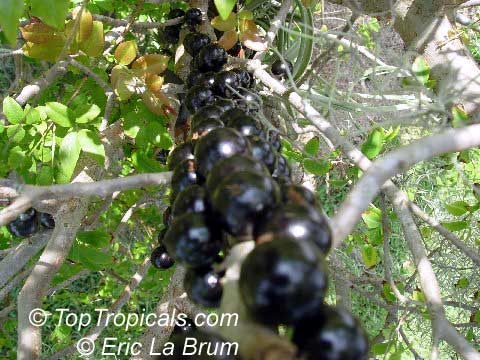
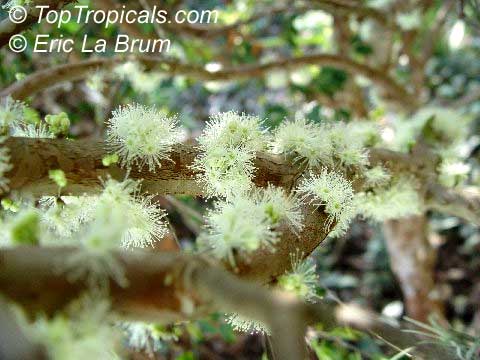
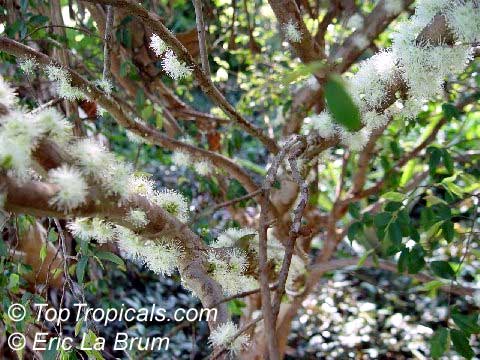
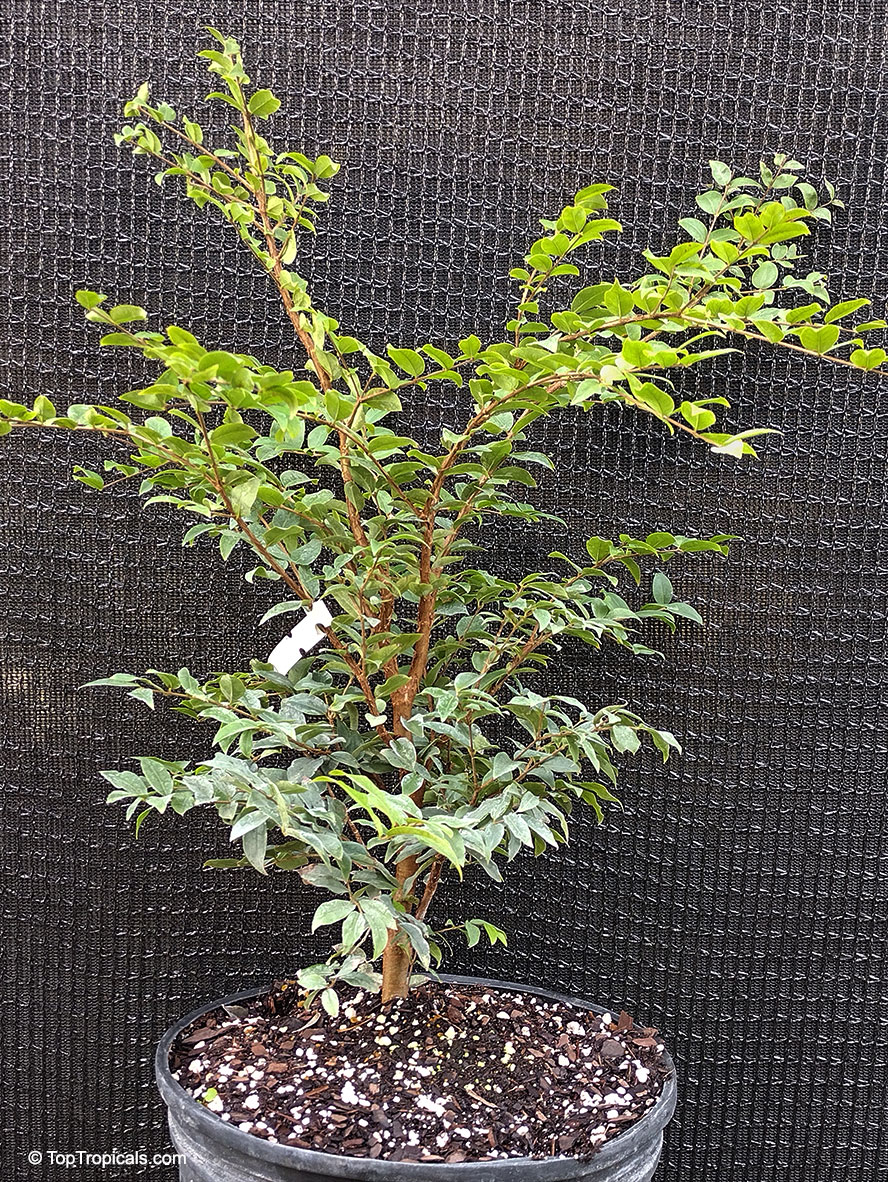

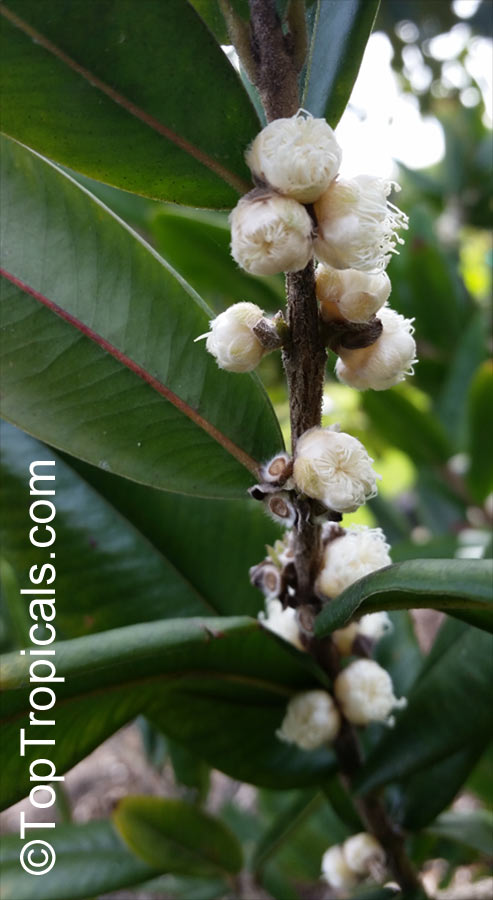
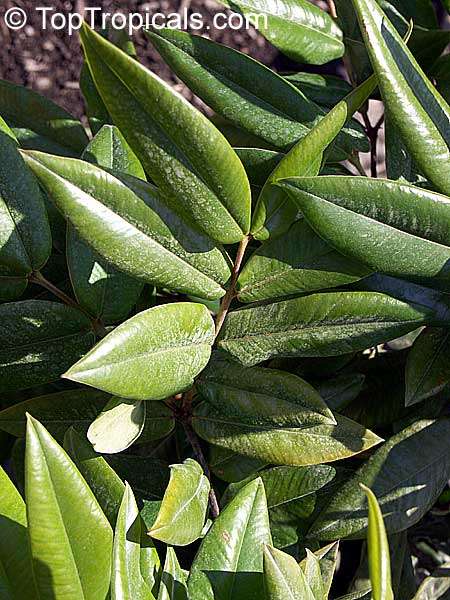
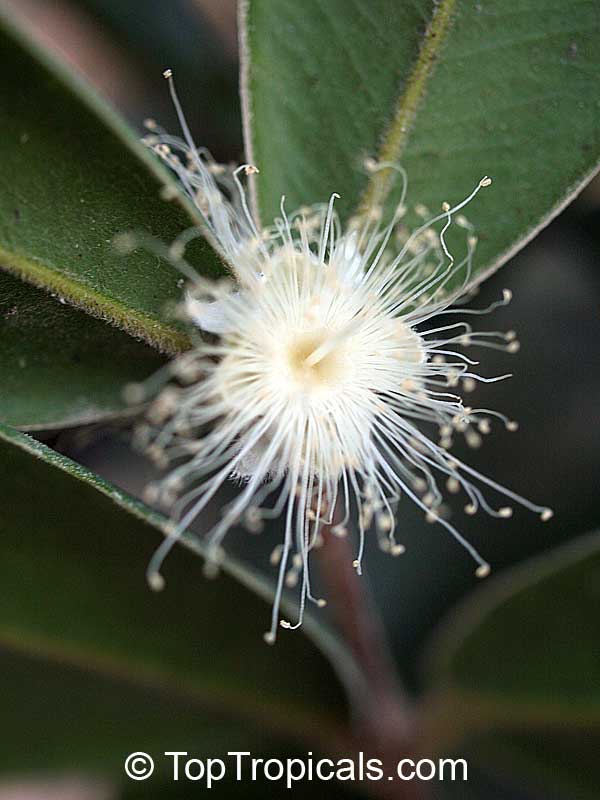
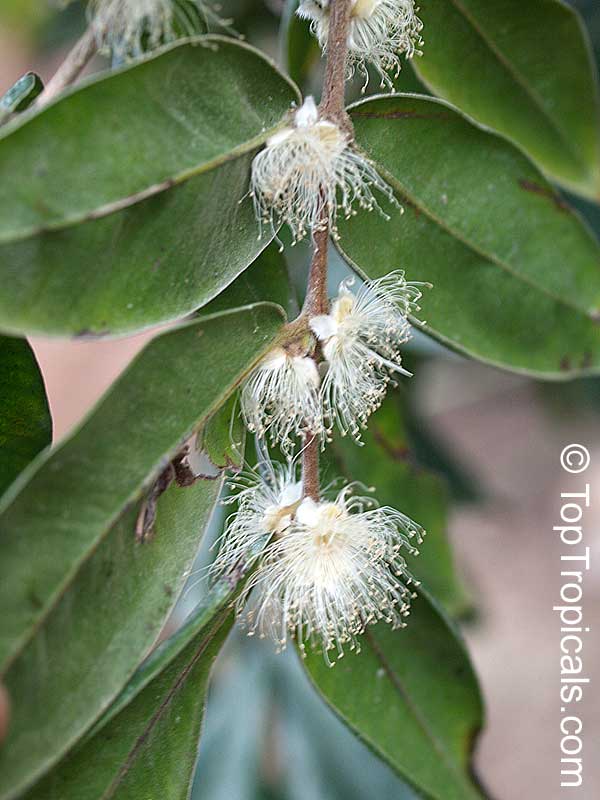
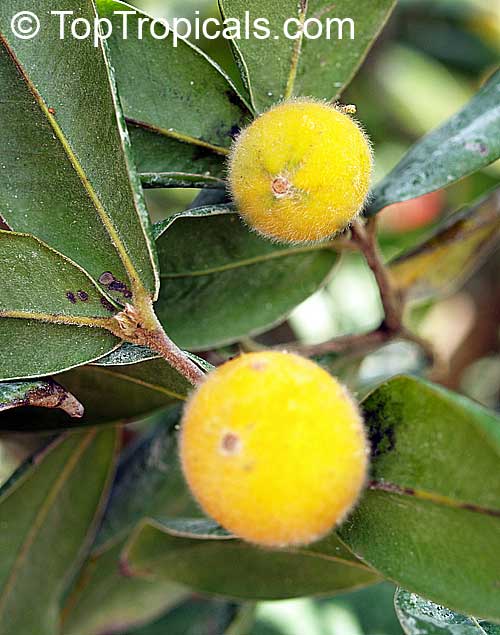

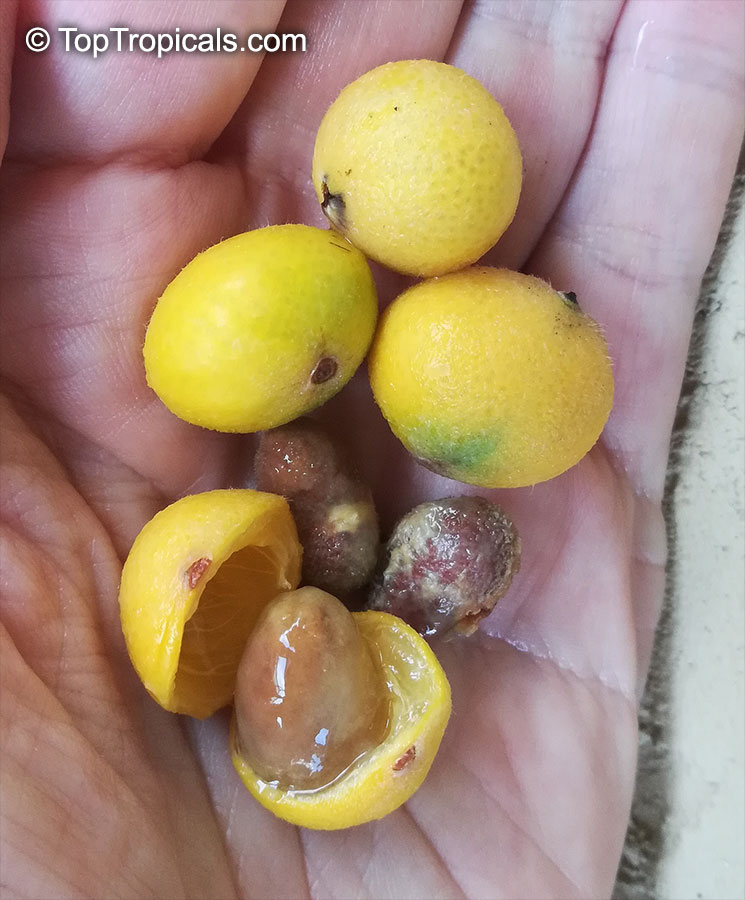
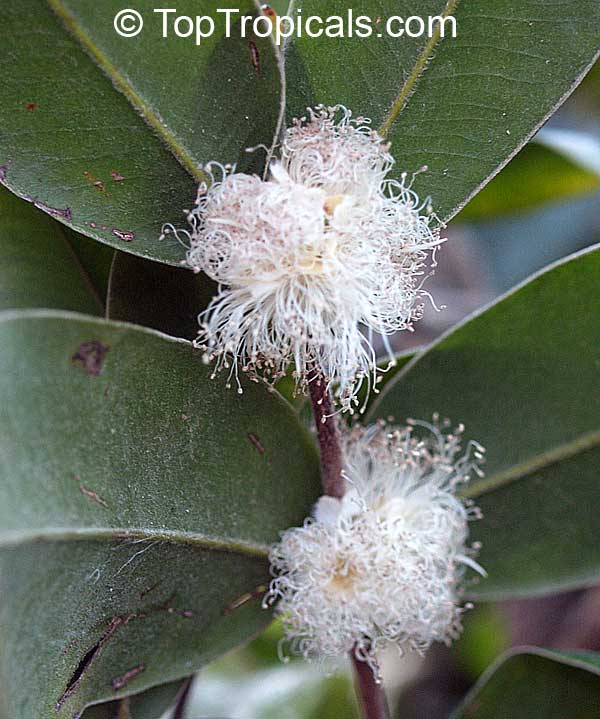
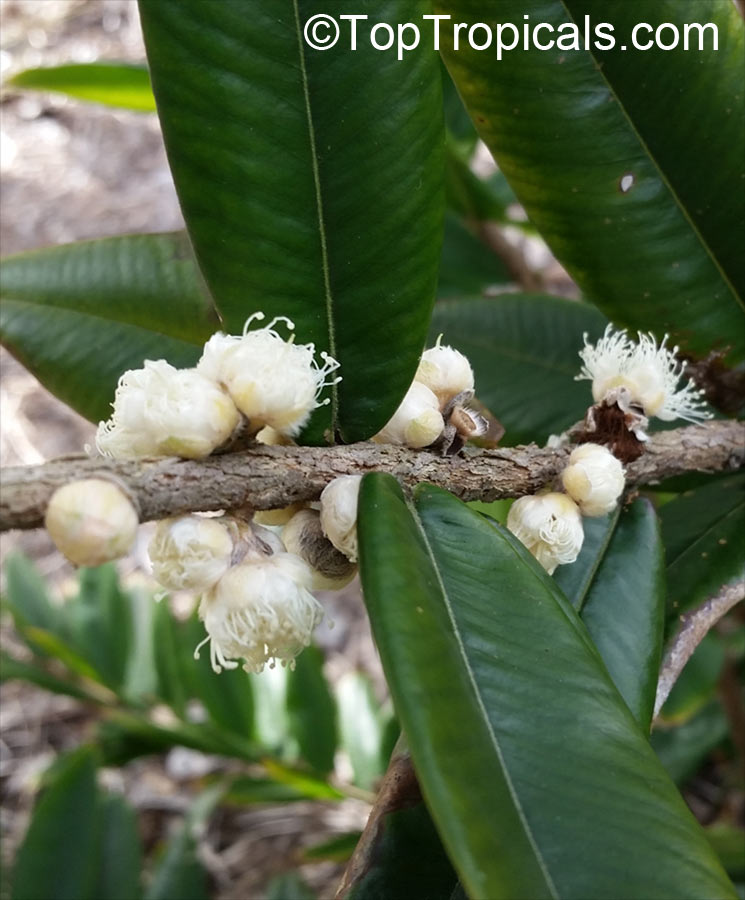
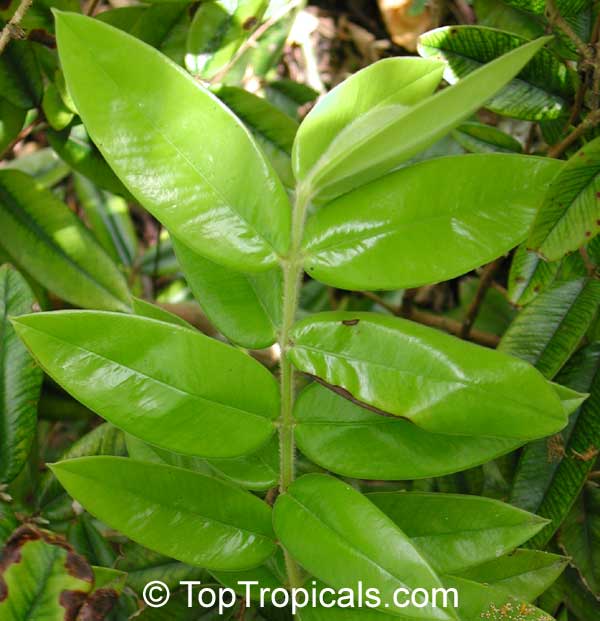
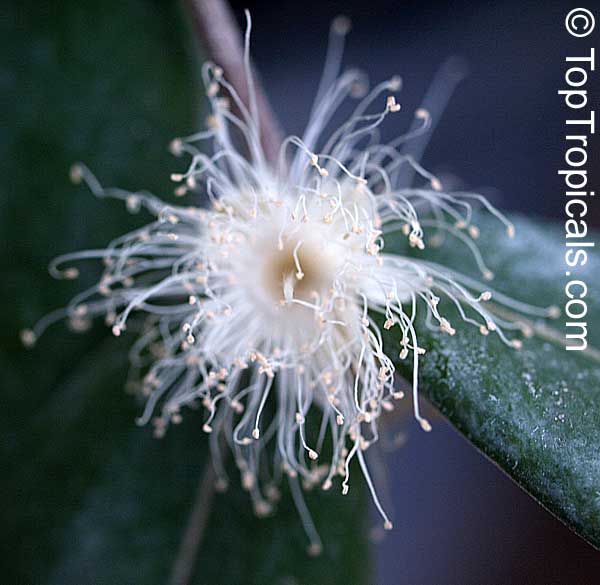
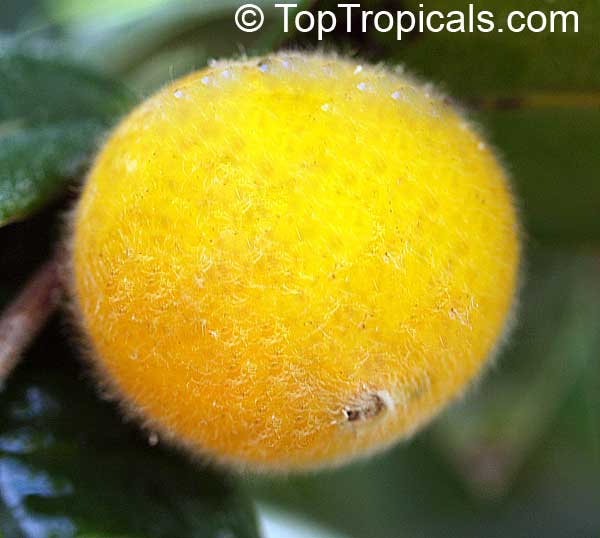

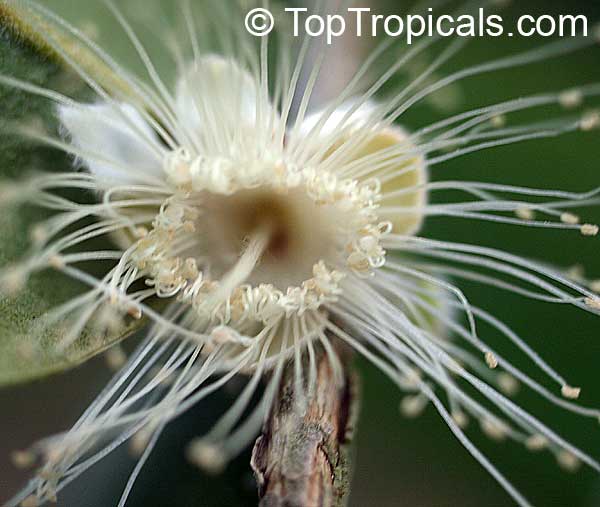
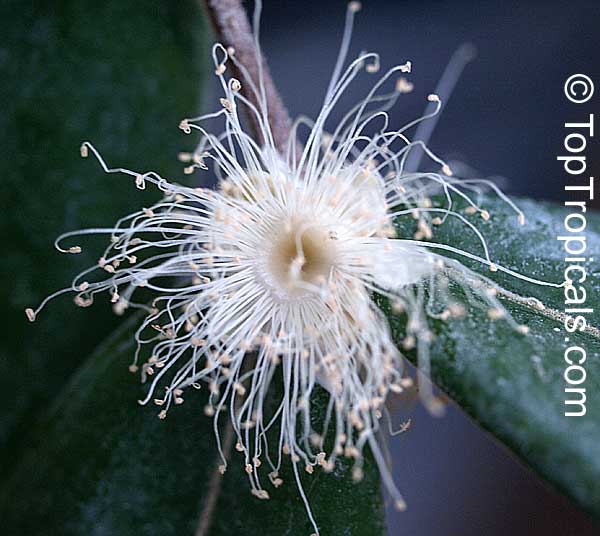
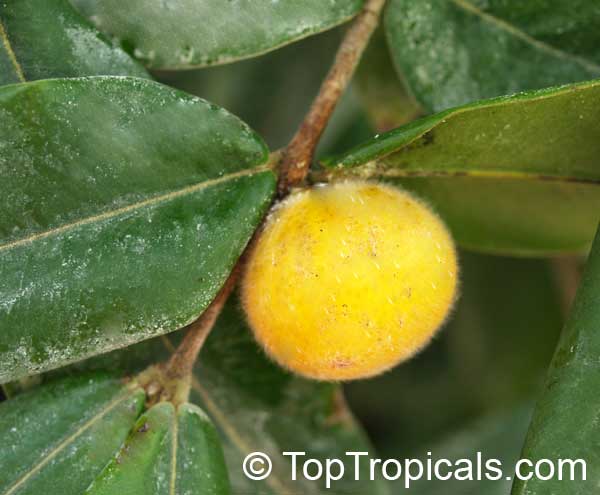
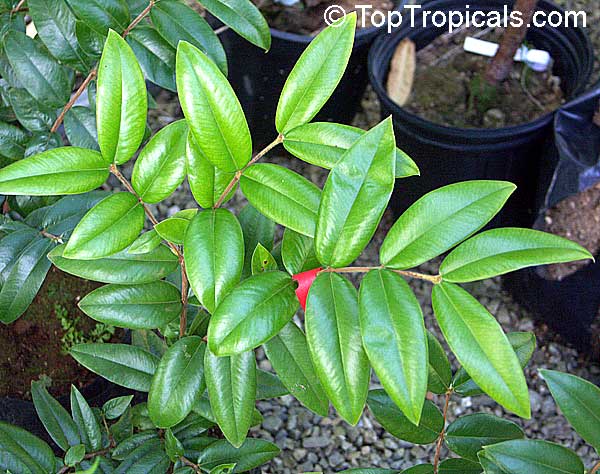
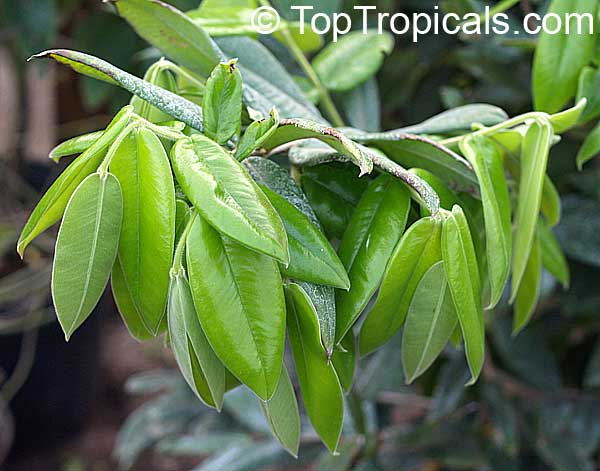
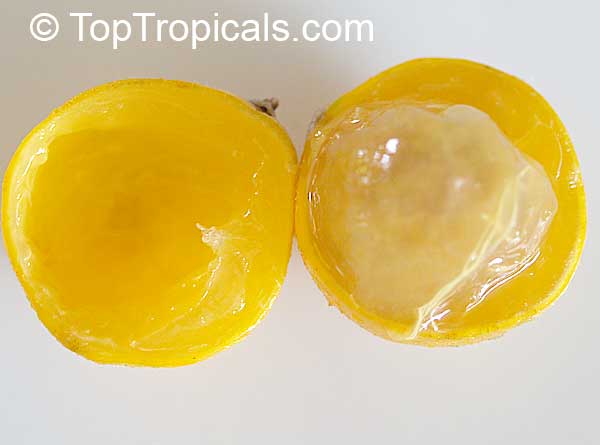
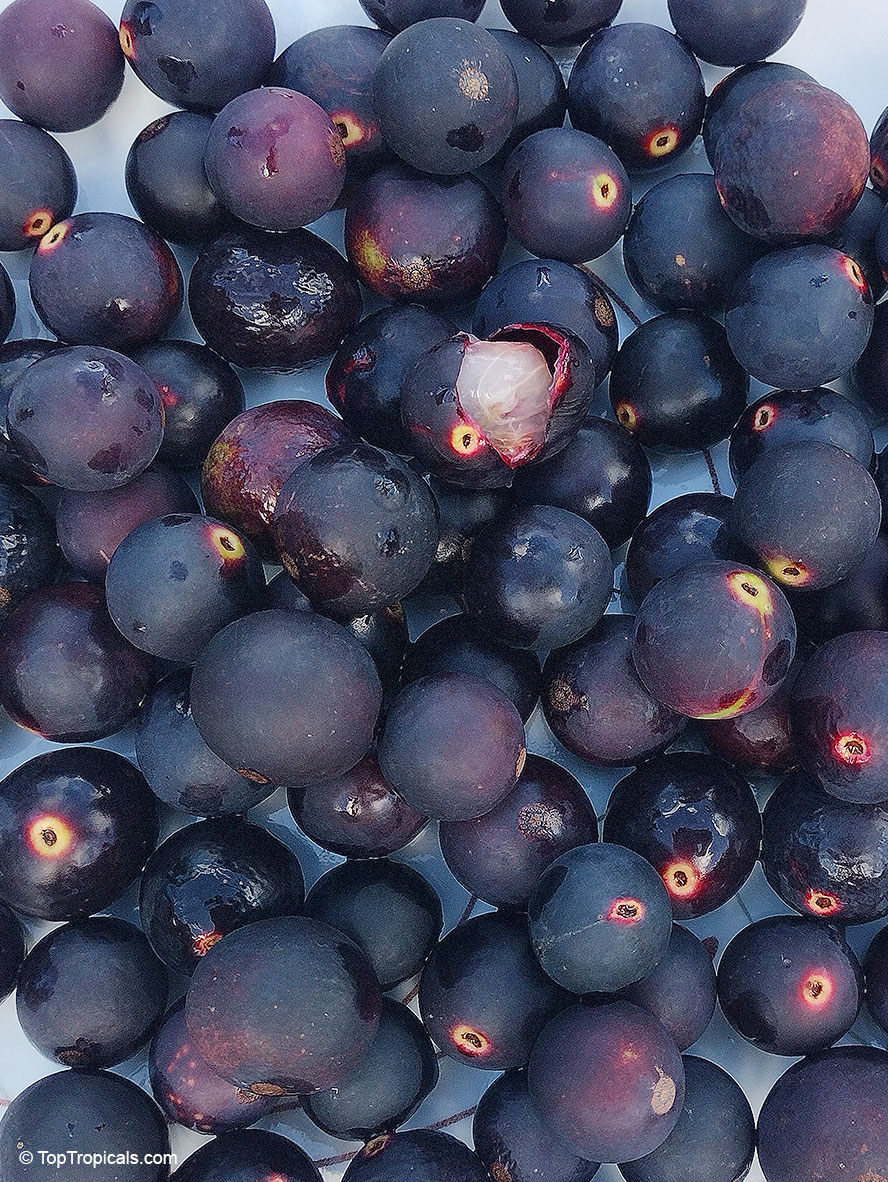
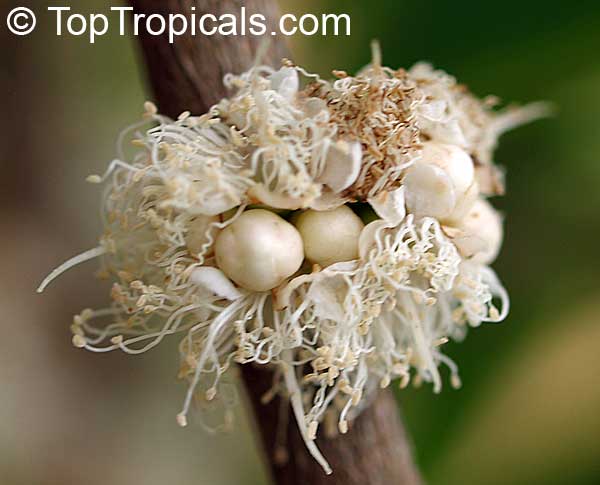
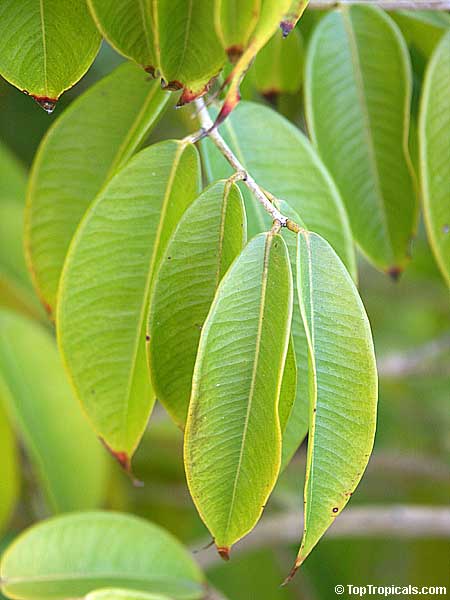
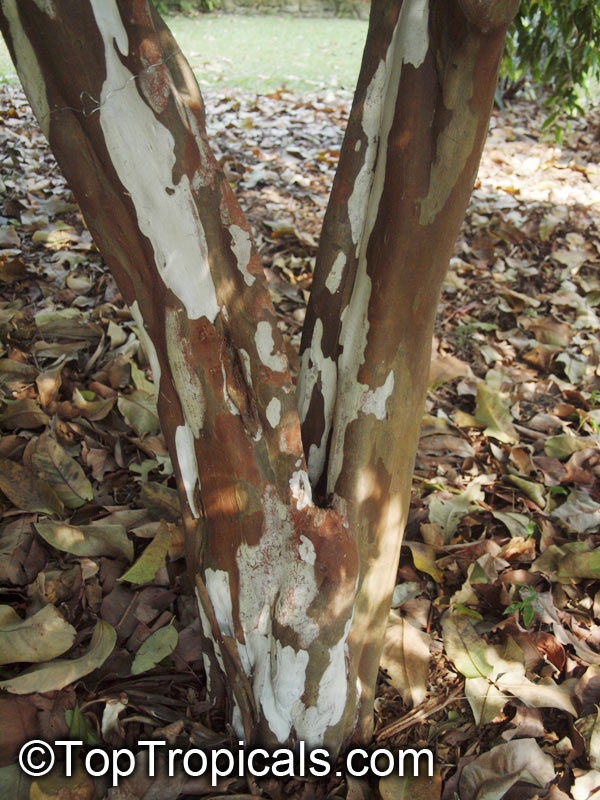
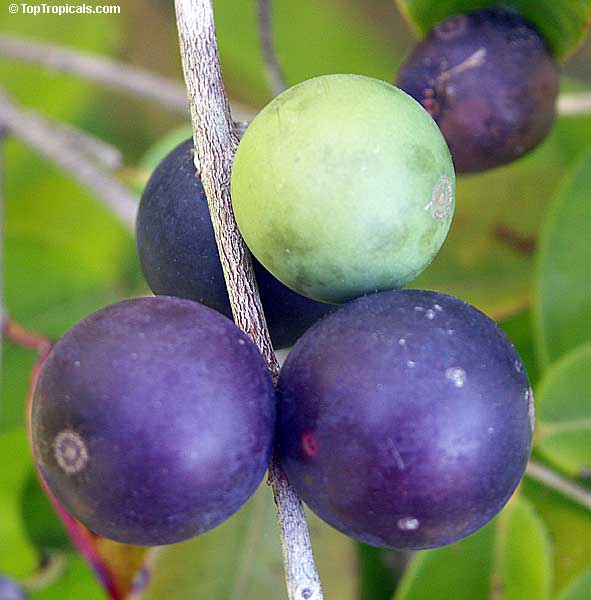
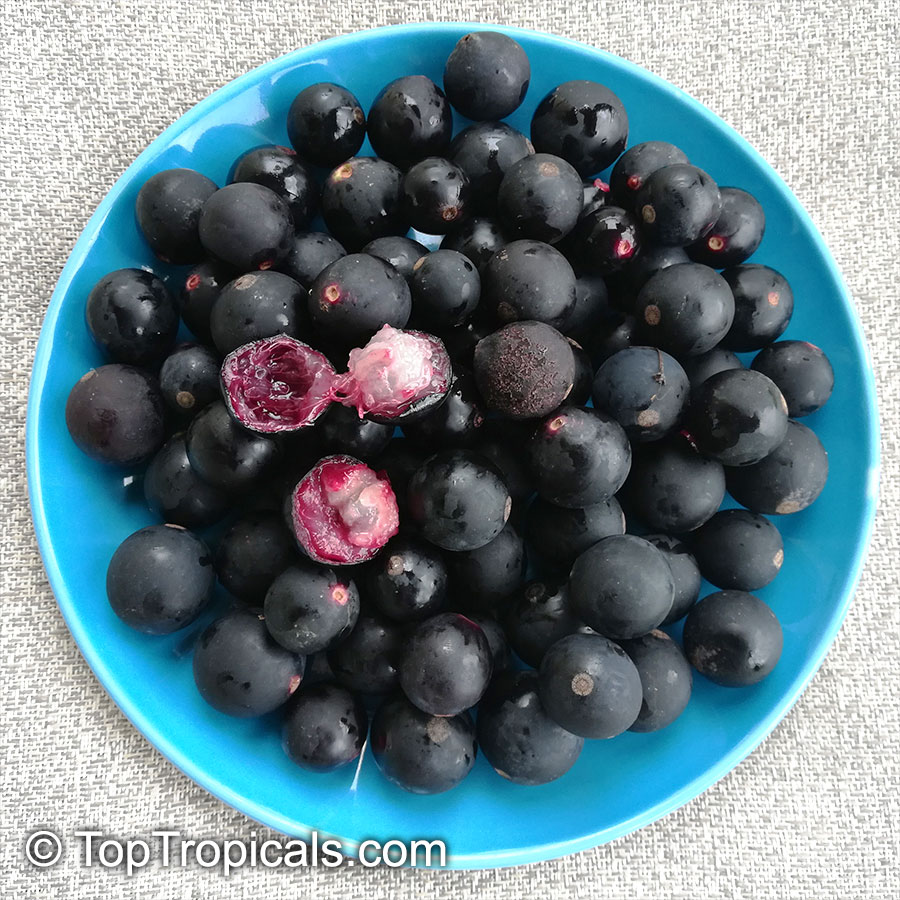

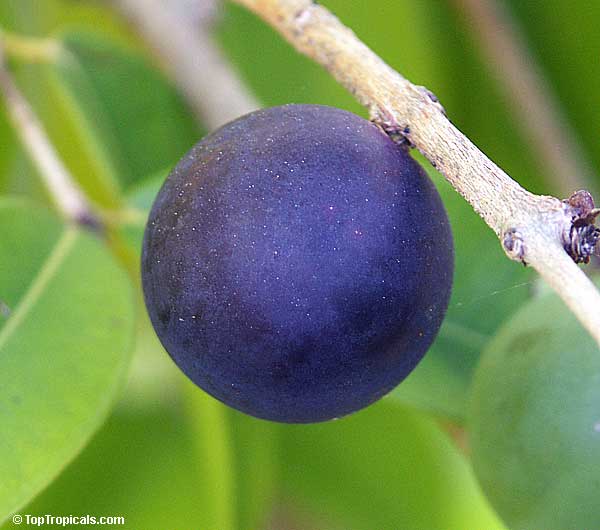
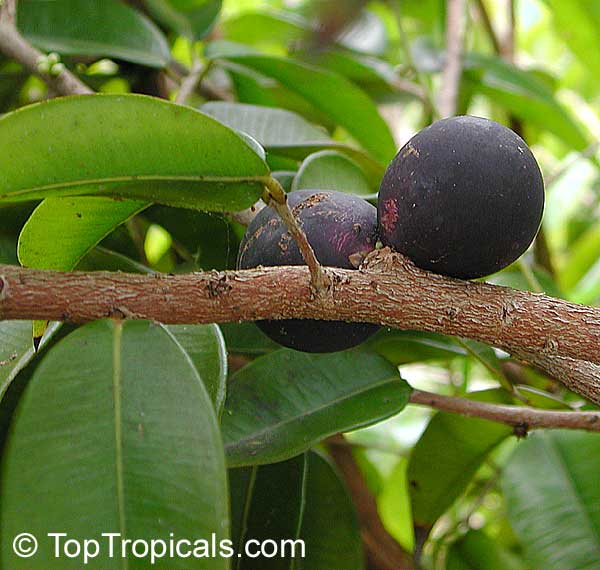
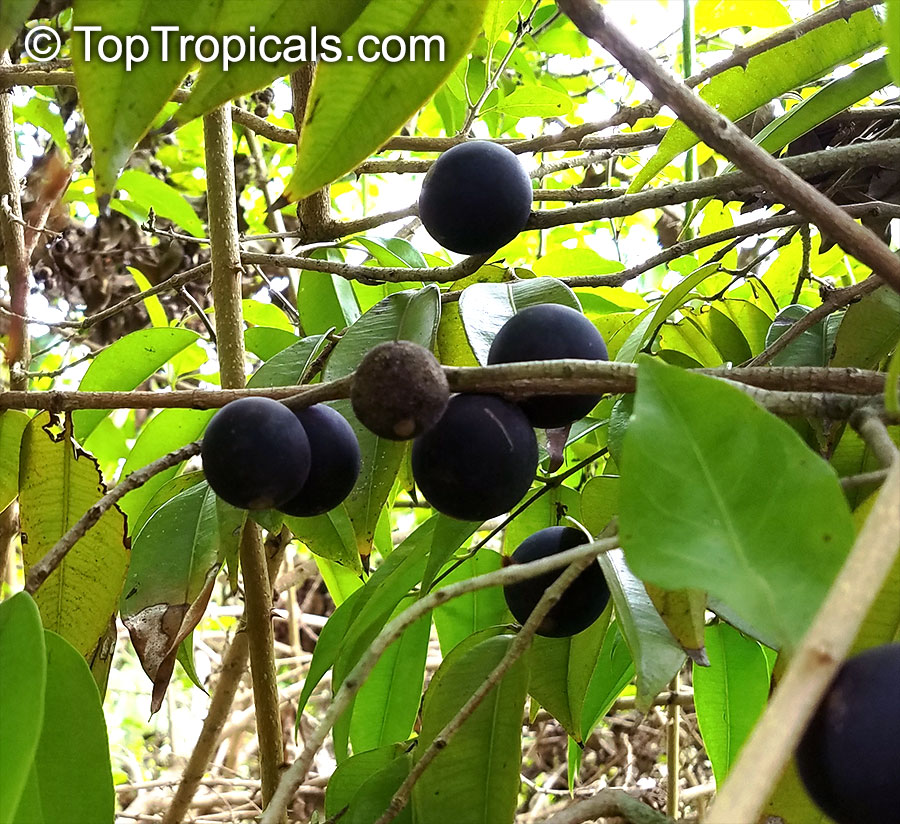
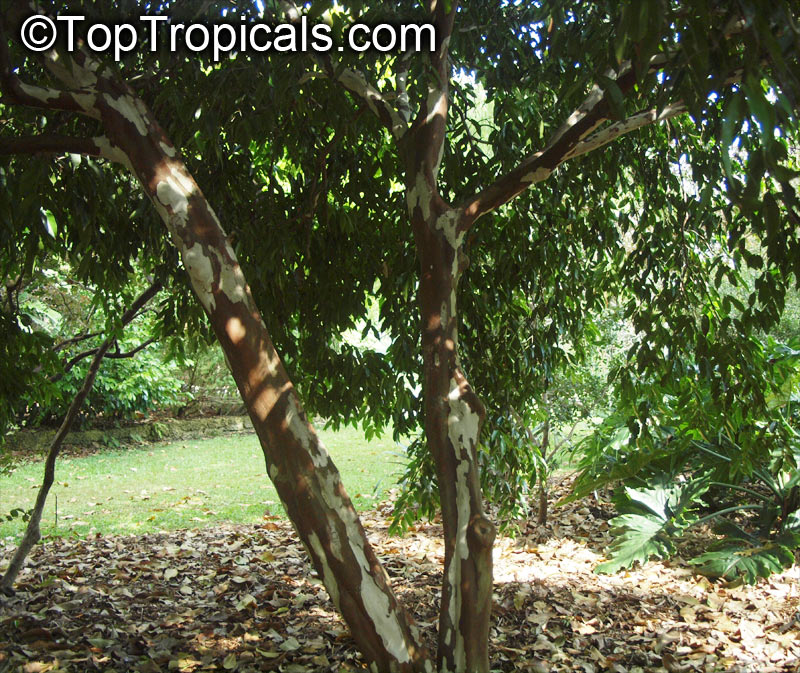
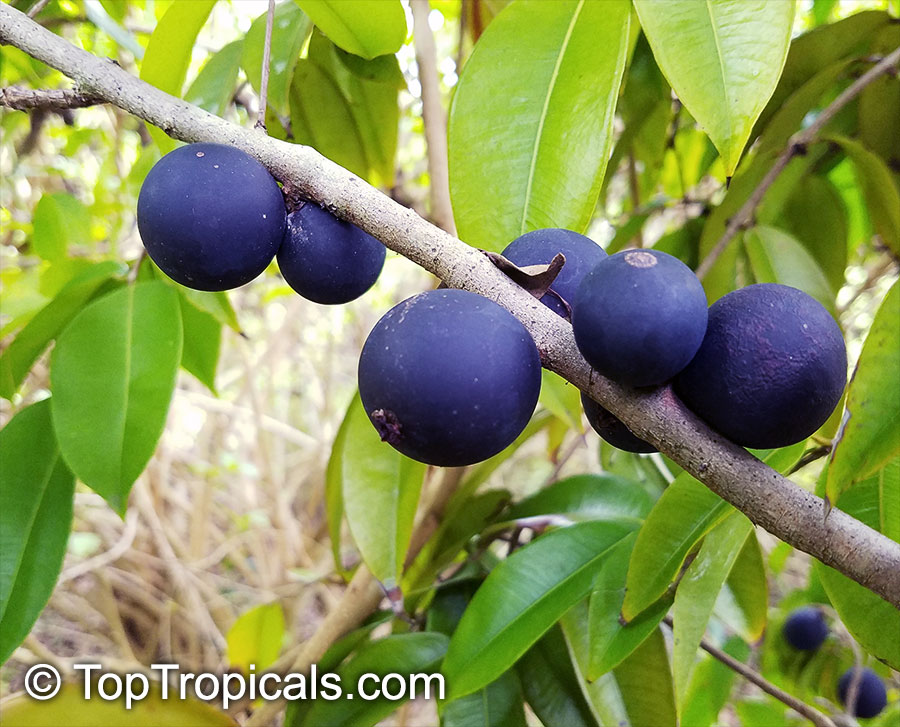
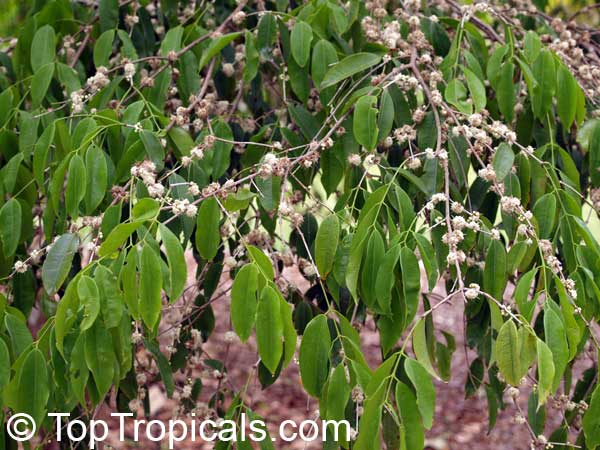
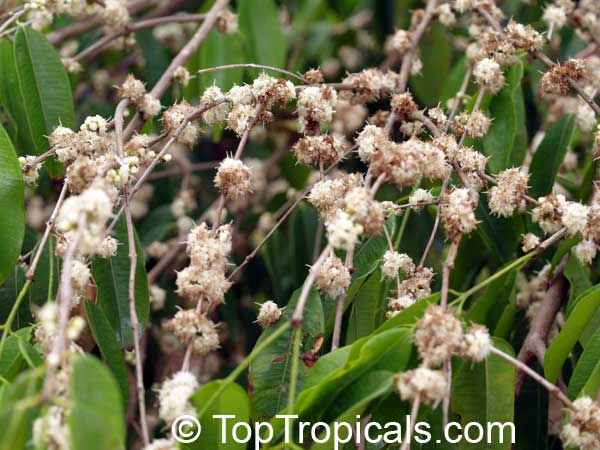
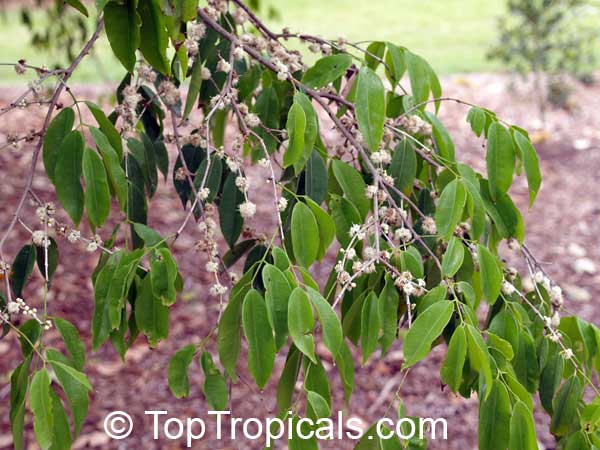
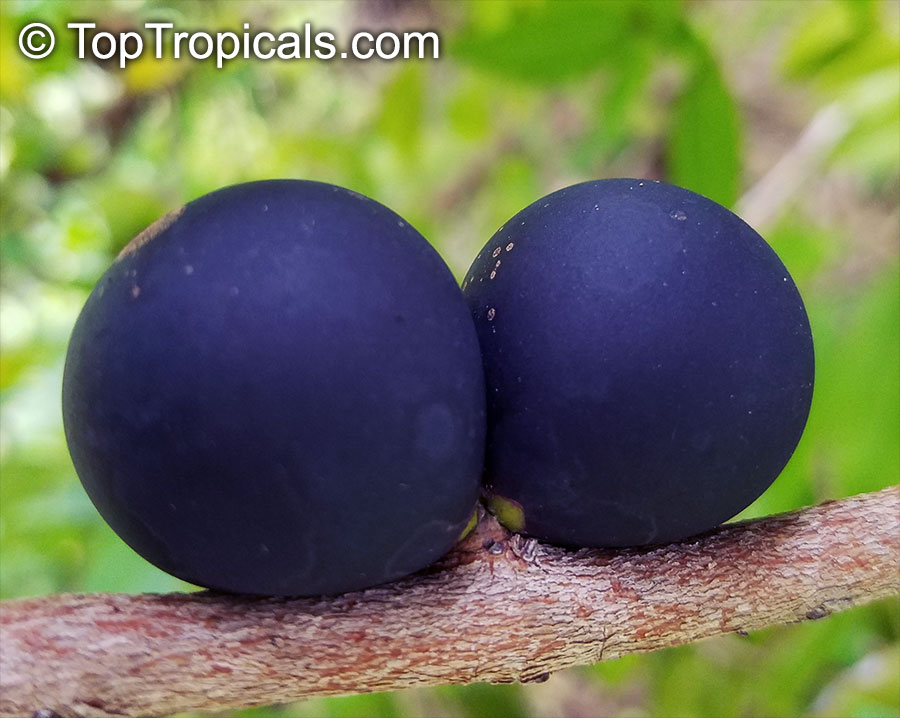
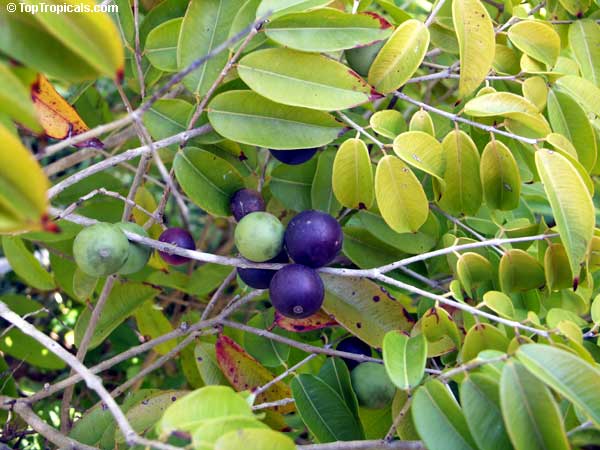
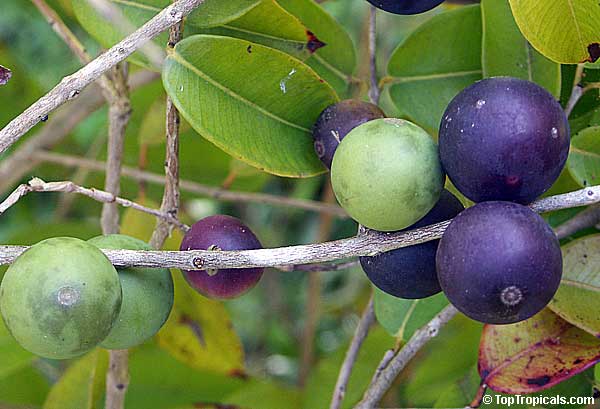
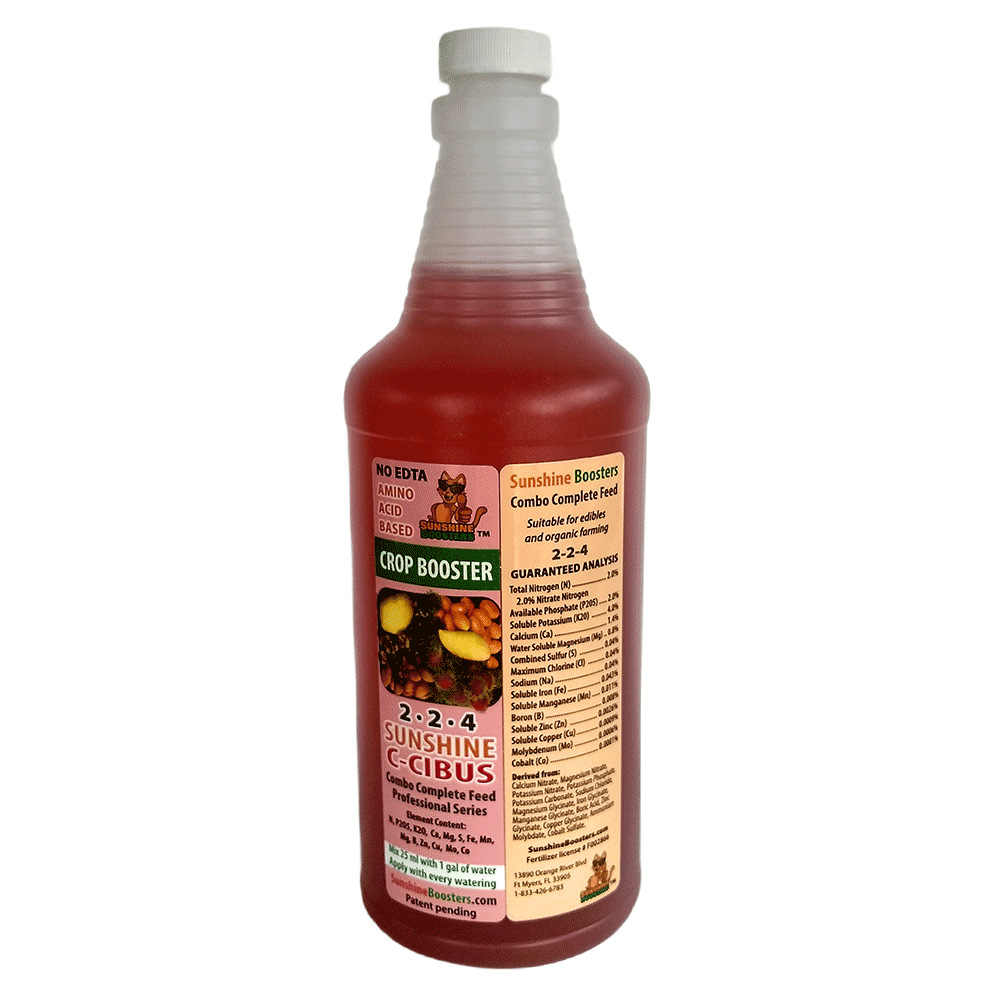 SUNSHINE C-Cibus (NPK 2-2-4) - Crop Booster for every watering.
SUNSHINE C-Cibus (NPK 2-2-4) - Crop Booster for every watering. 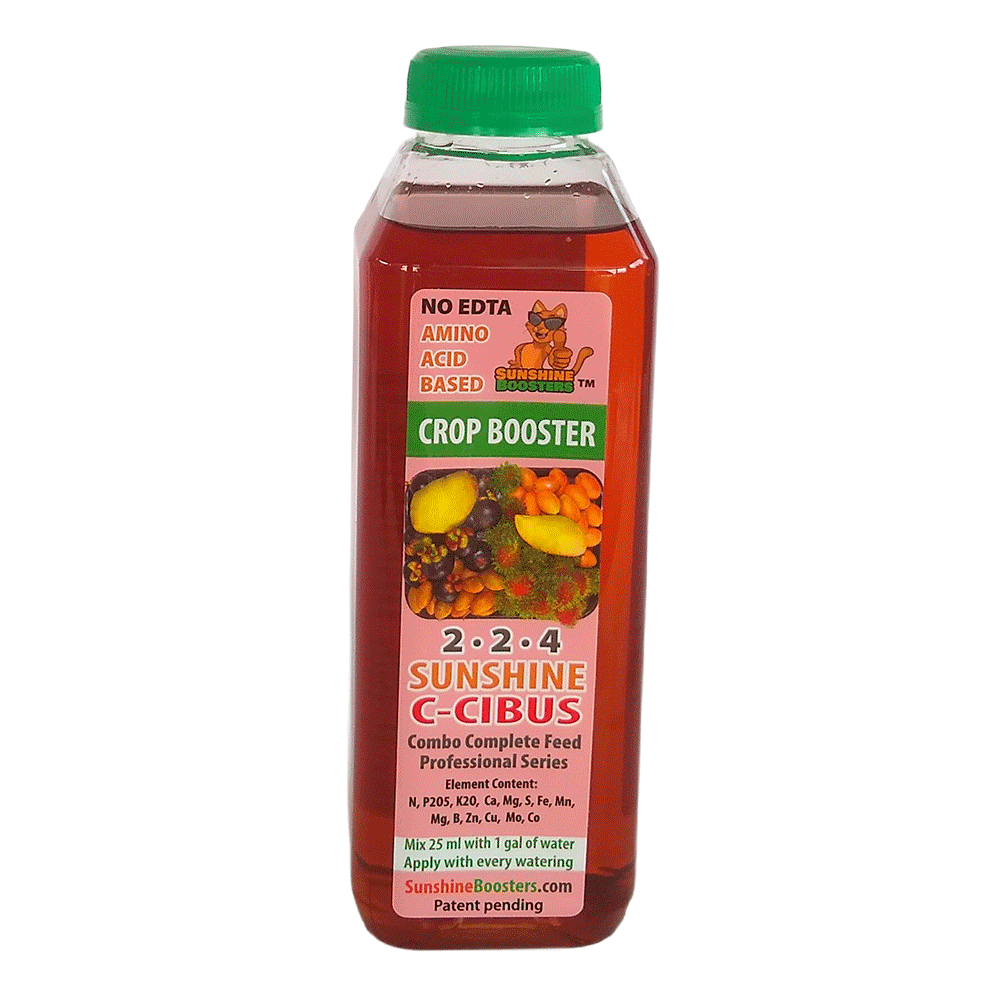 SUNSHINE C-Cibus (NPK 2-2-4) - Crop Booster for every watering.
SUNSHINE C-Cibus (NPK 2-2-4) - Crop Booster for every watering. 